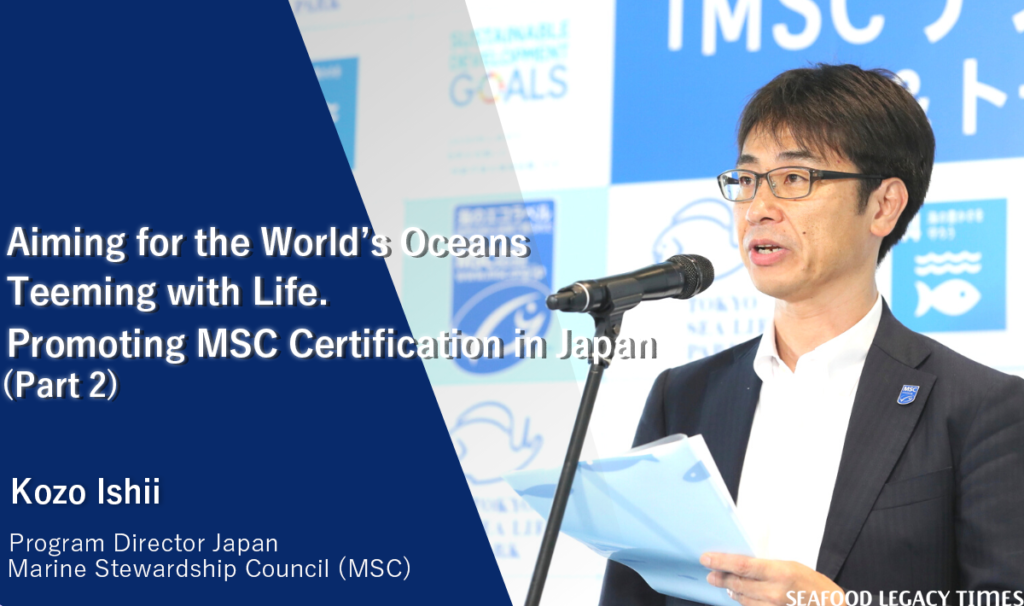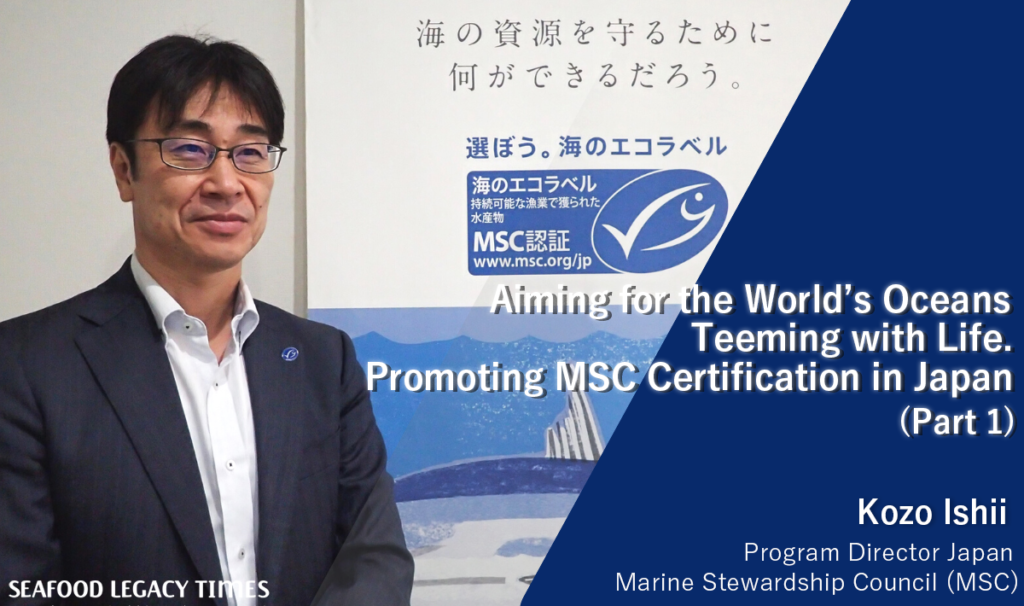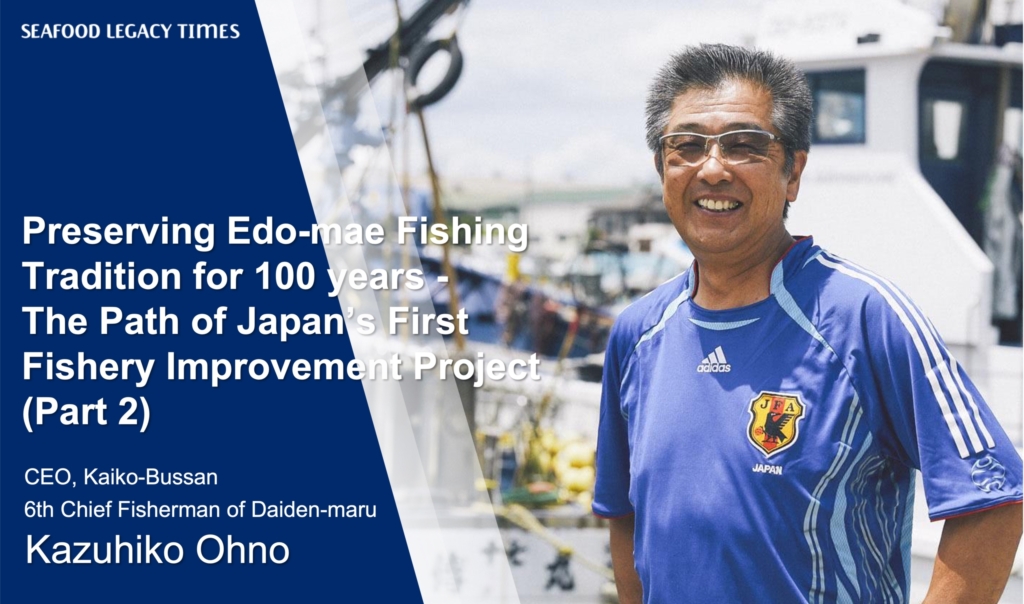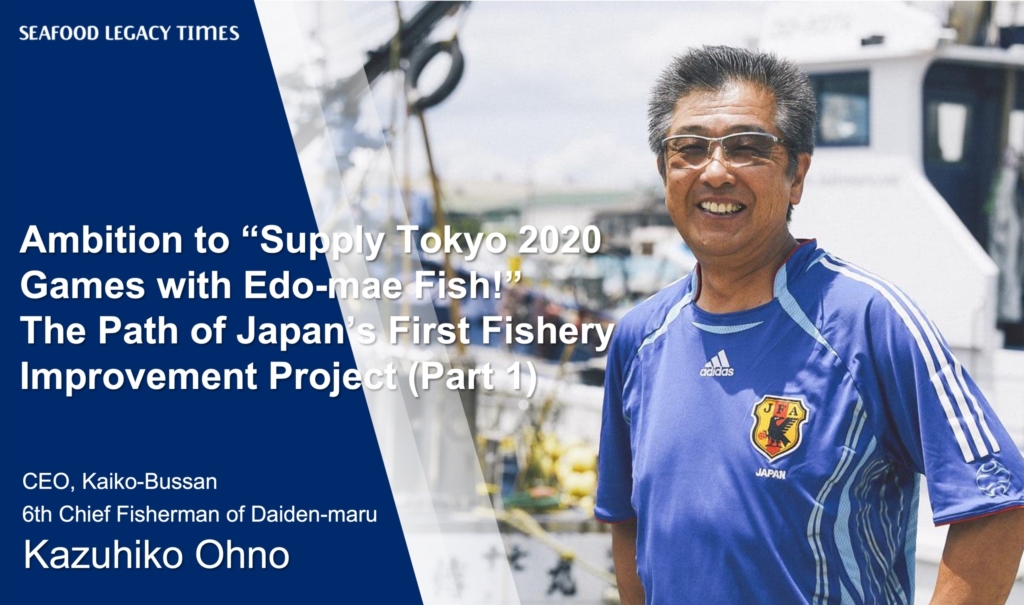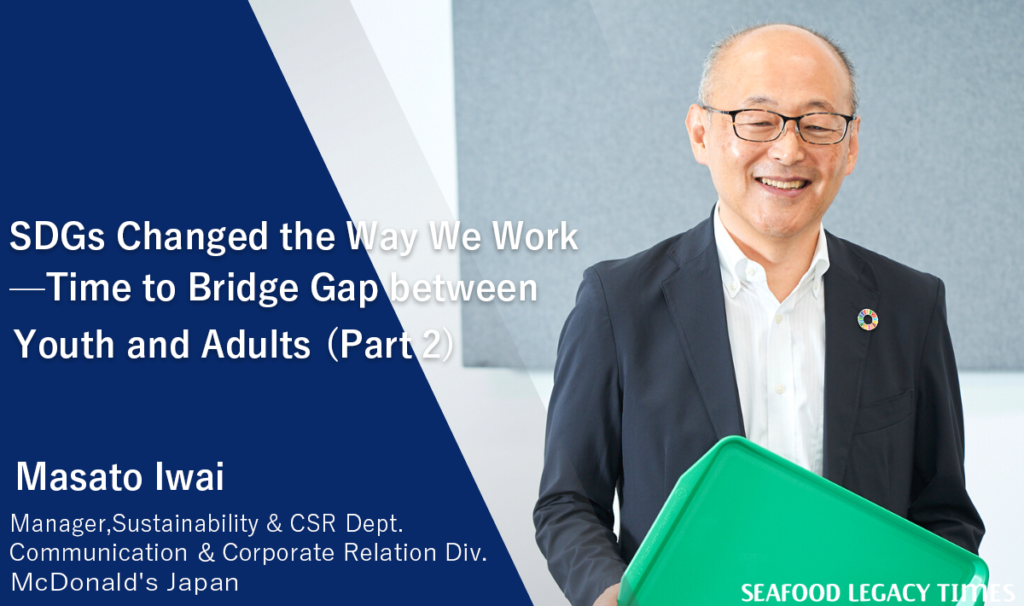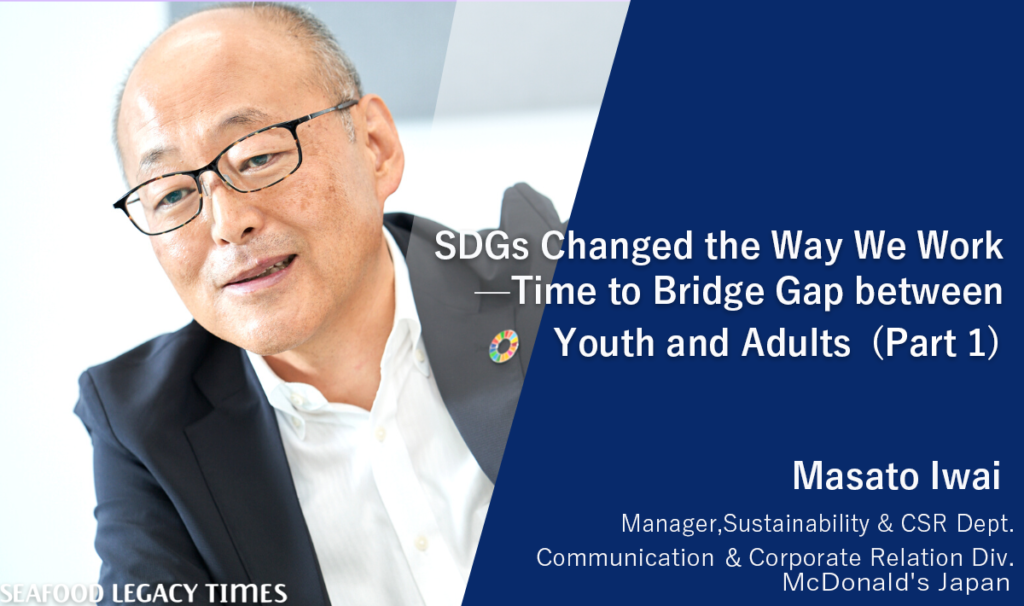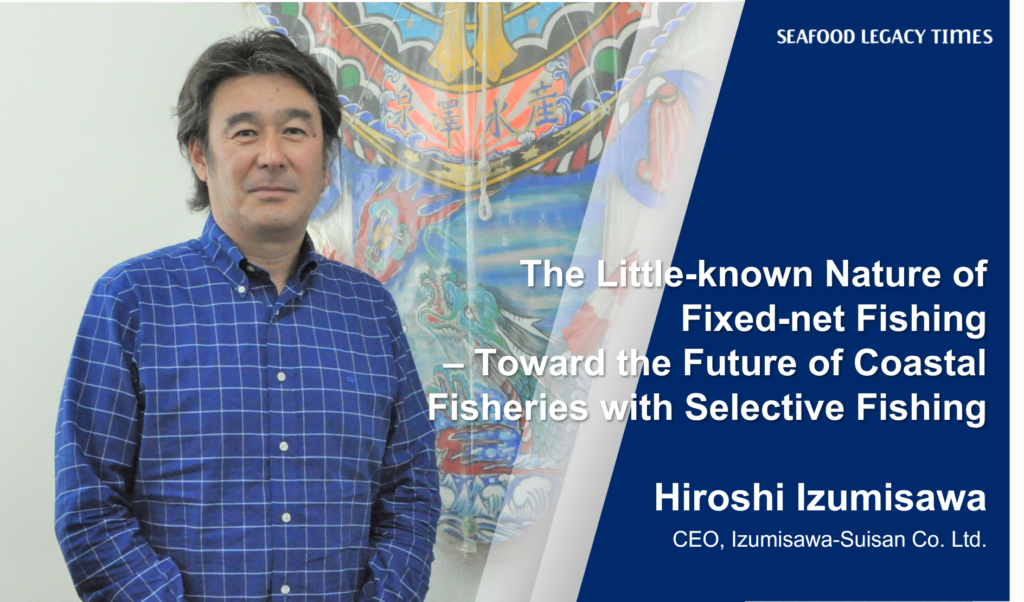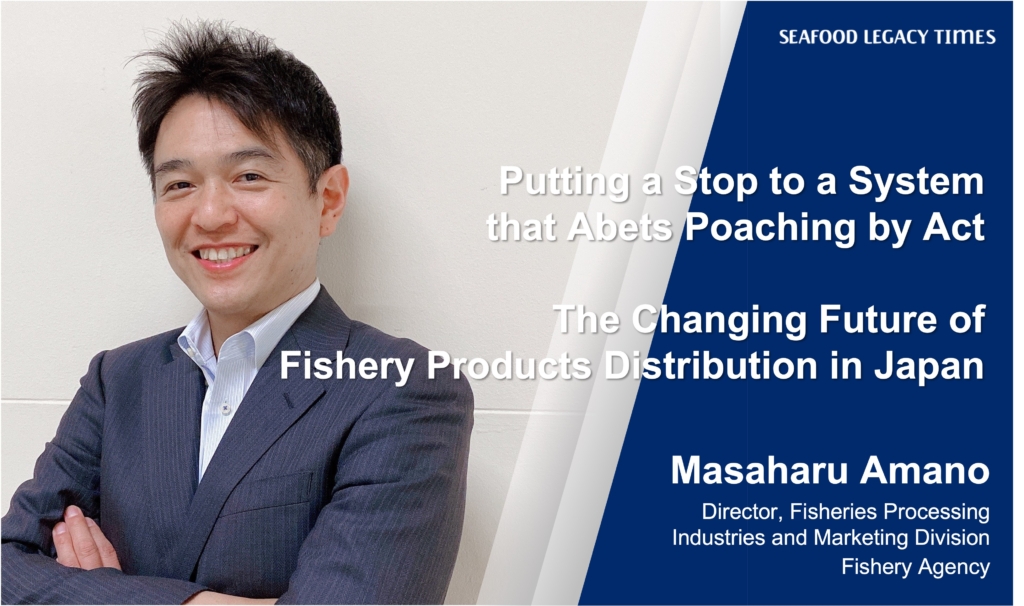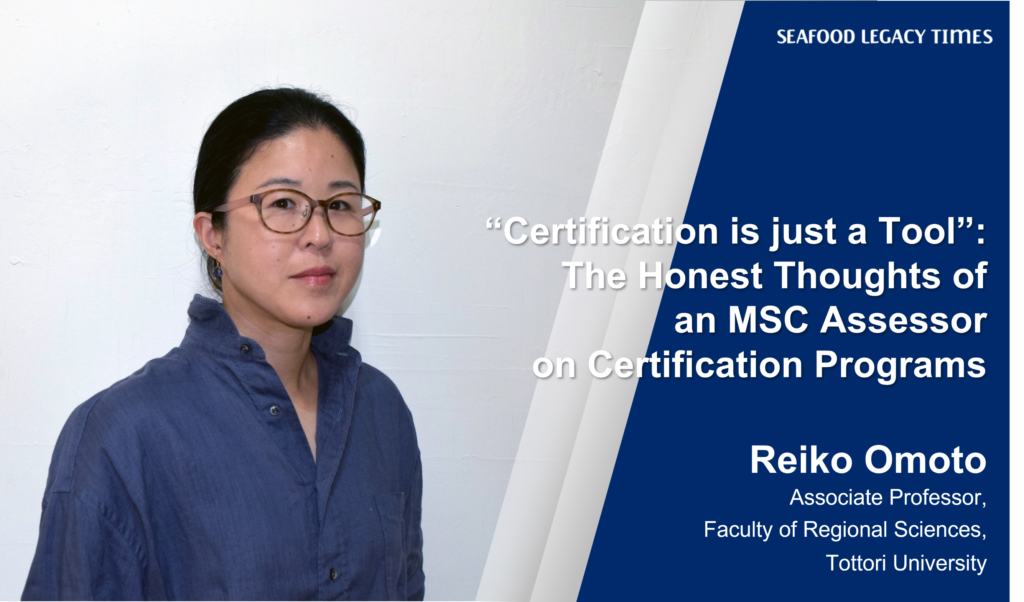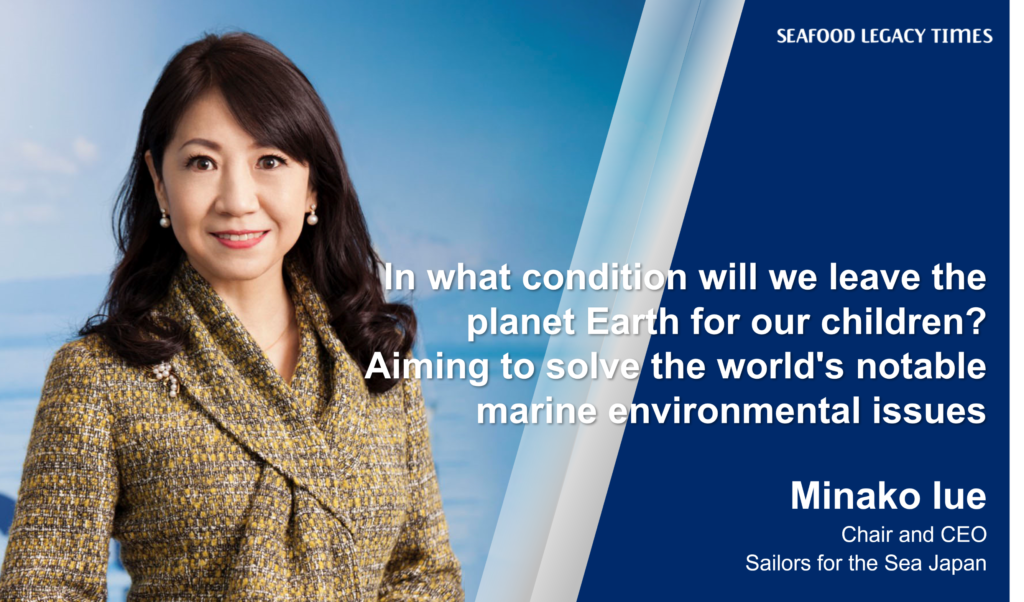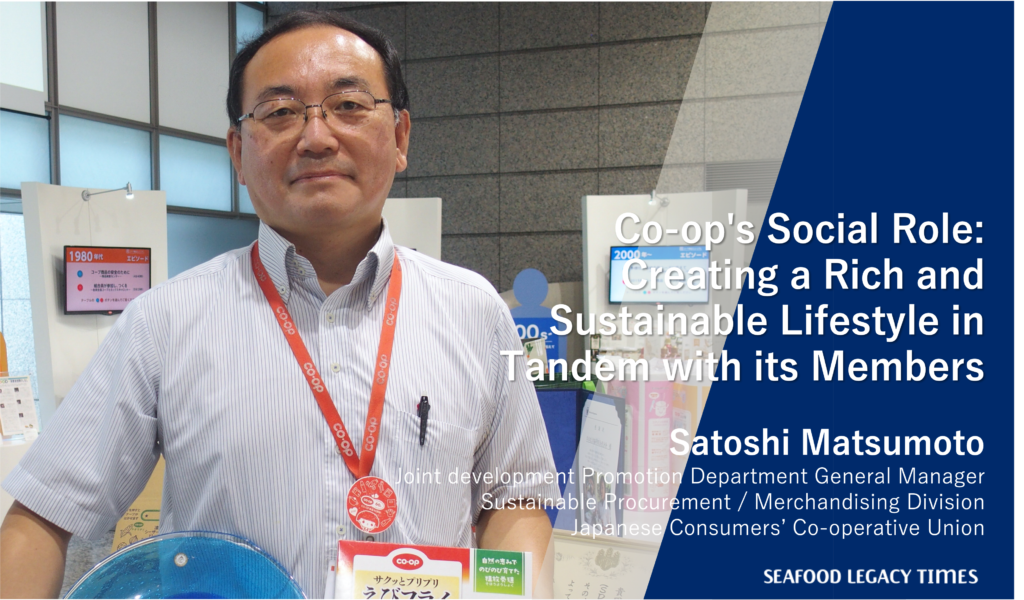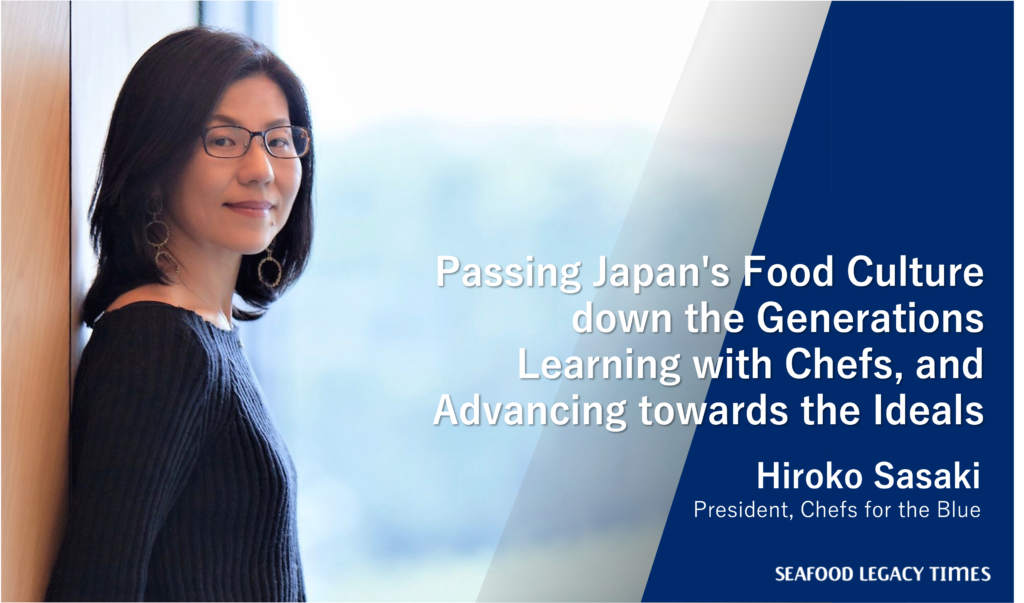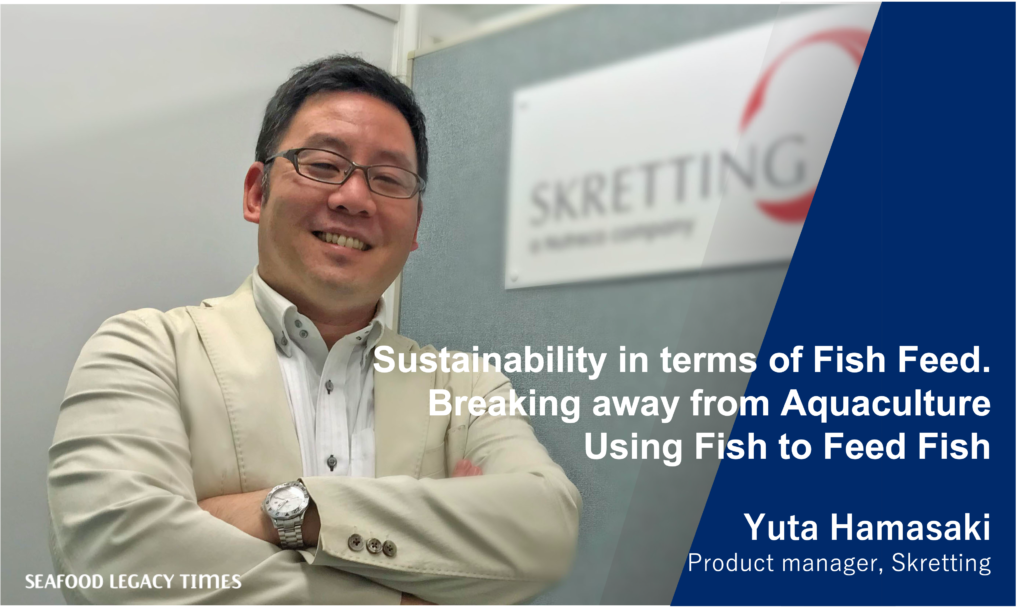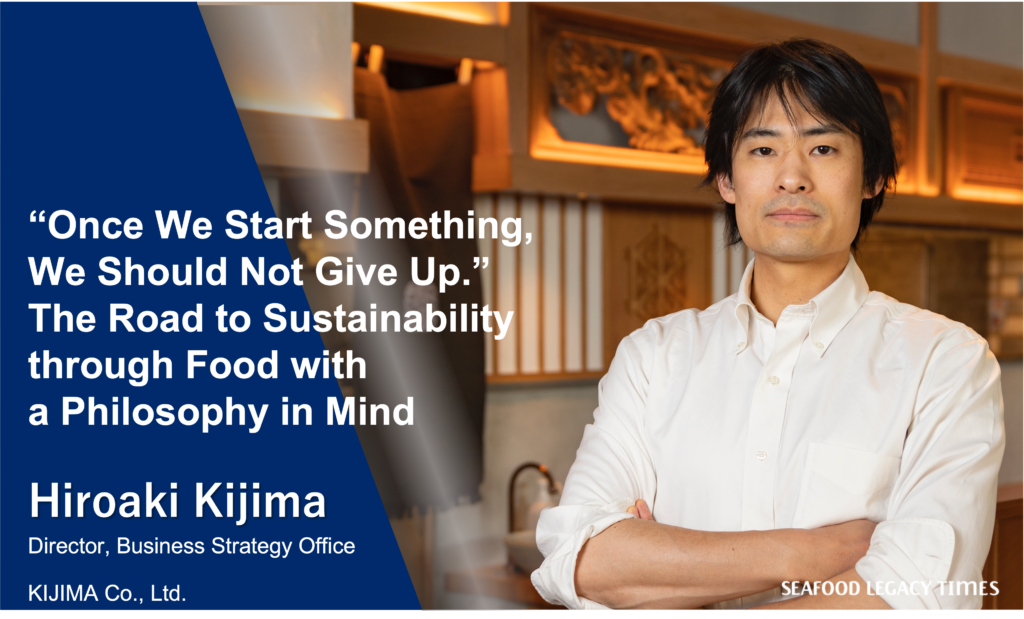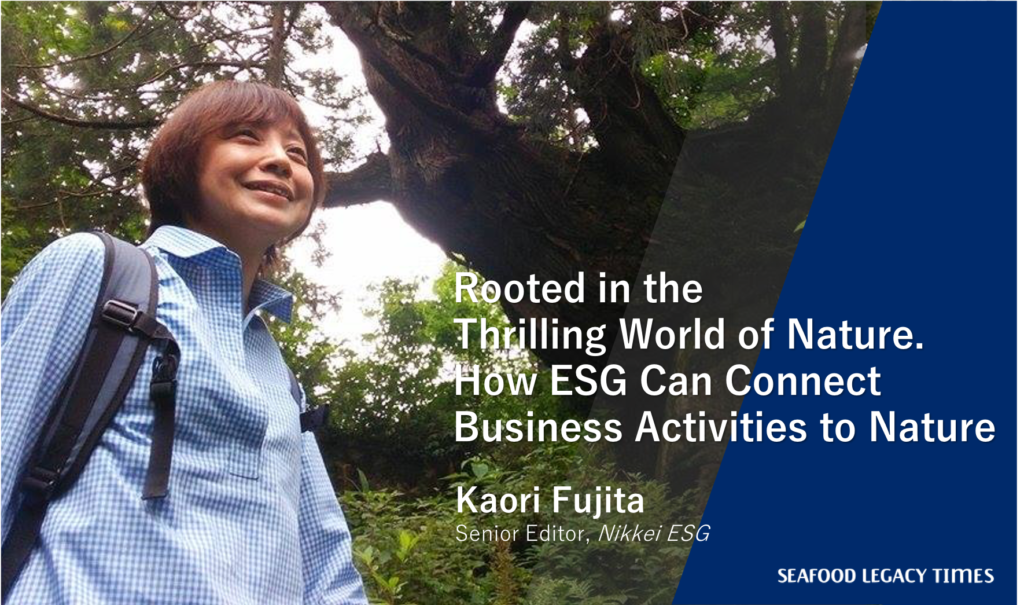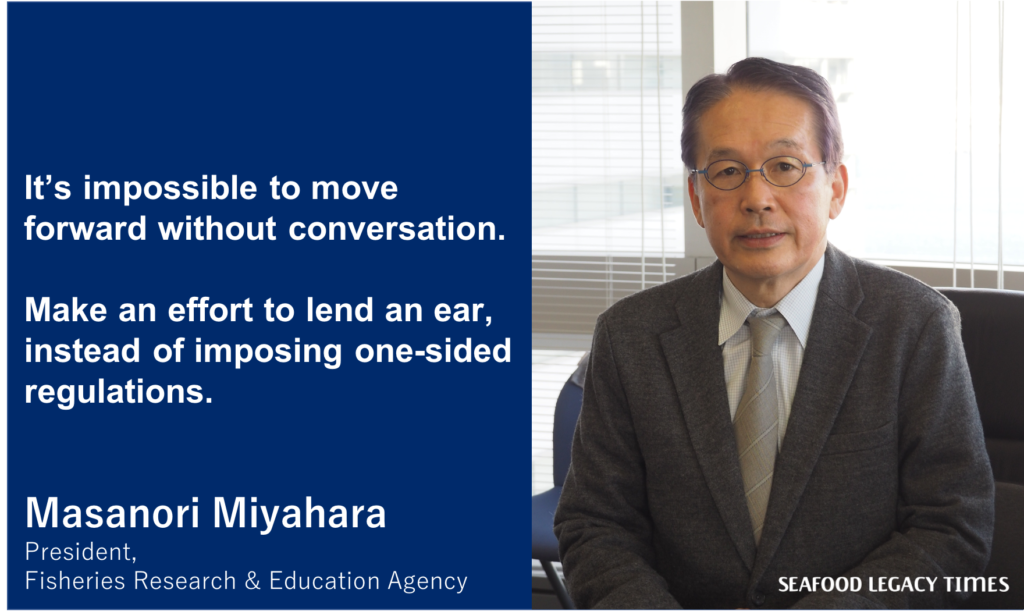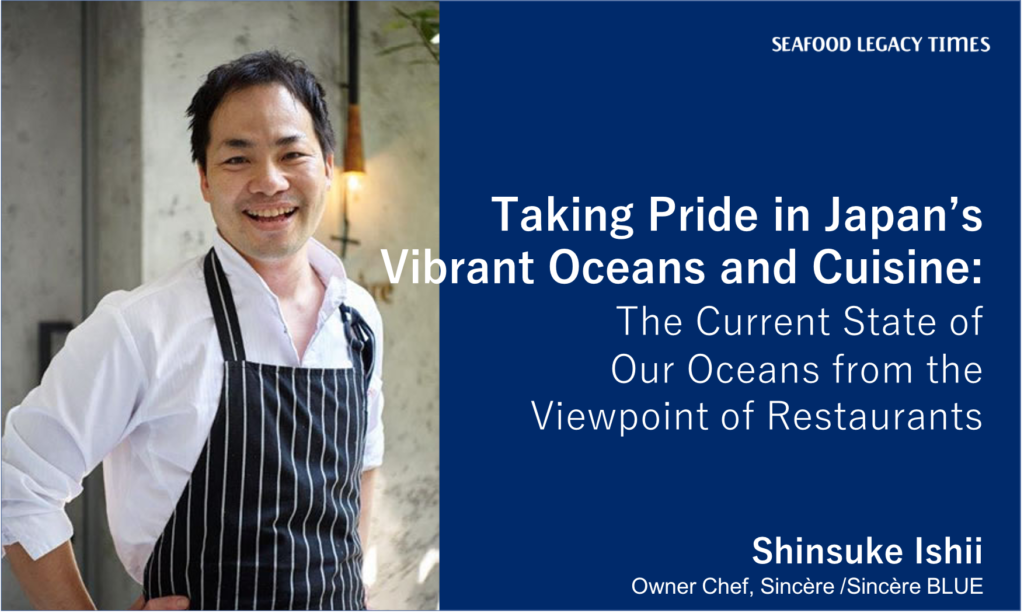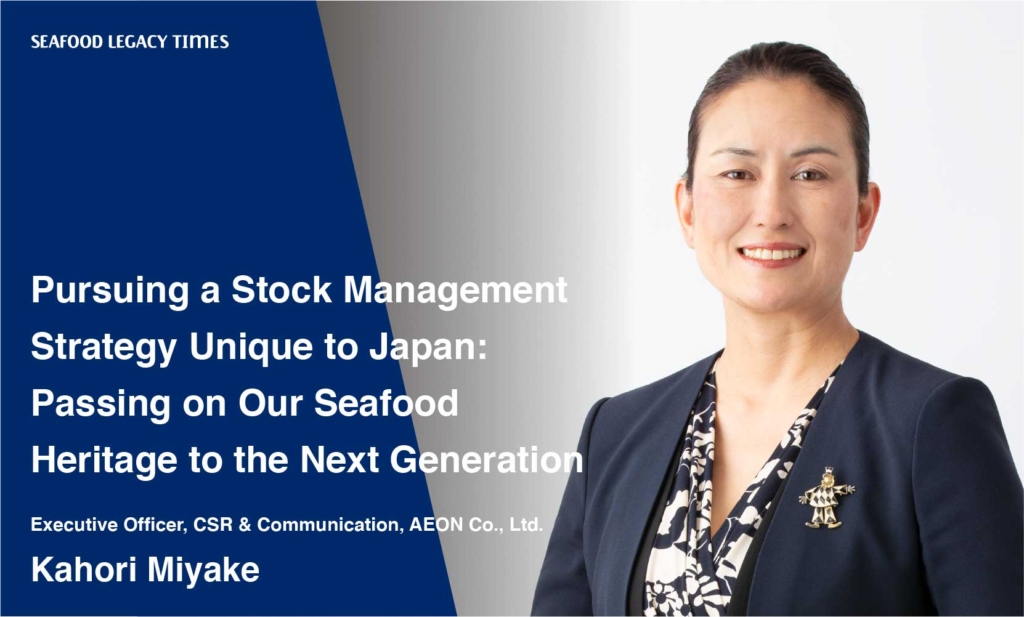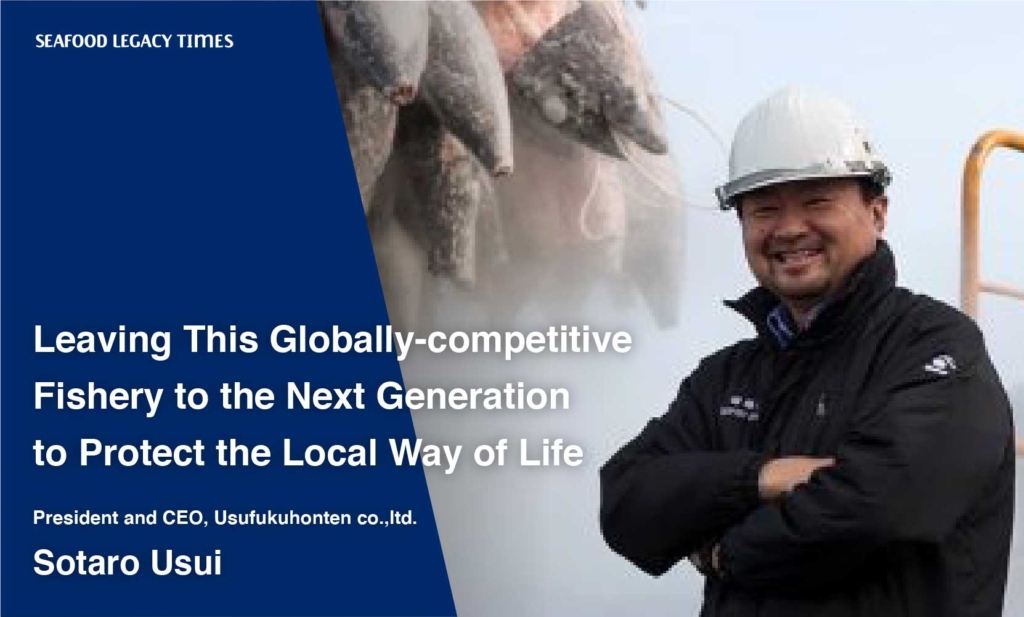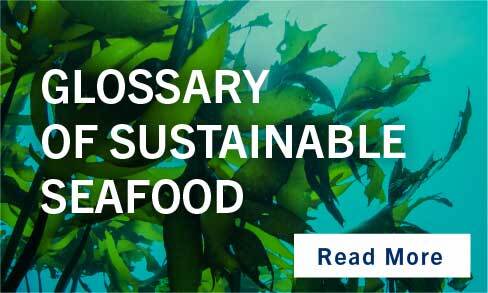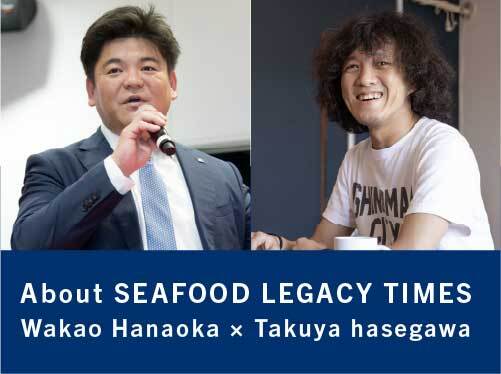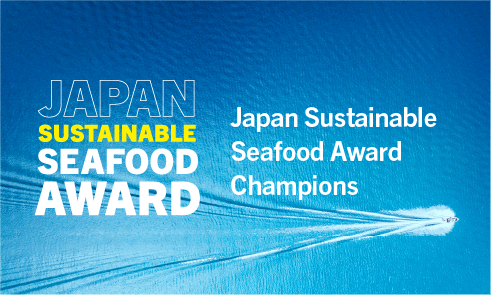
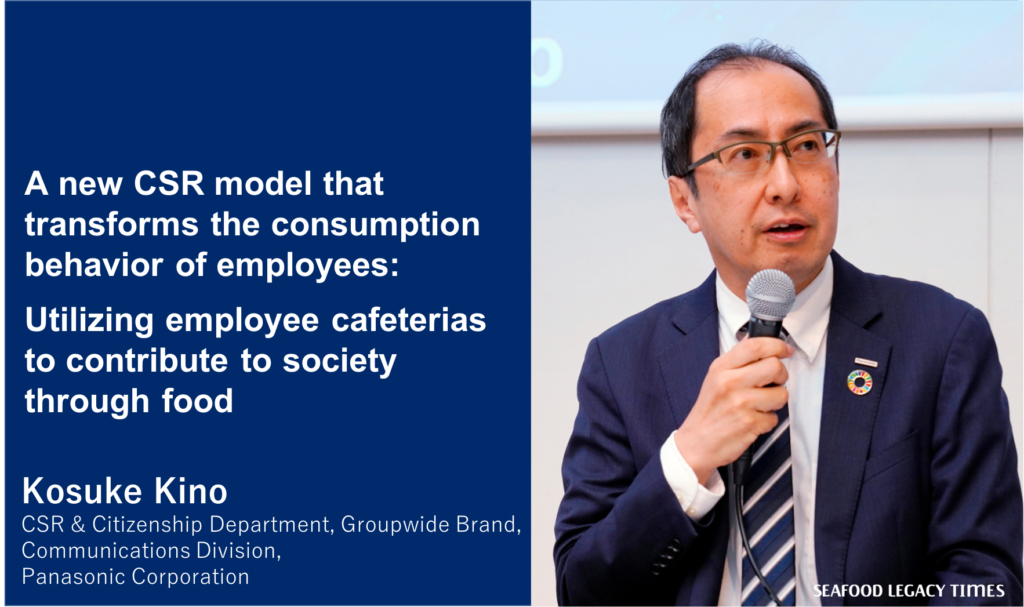
Panasonic’s employee cafeterias have been serving menus that use MSC/ASC-certified seafood once a month. On this day, the cafeterias put up banners with the words “sustainable seafood” and prepare flyers and panels that provide information on the critical situation of our fishery resources and on MSC/ASC certification.
This project was launched in March 2018. So far, Panasonic has served around 80,000 meals at their cafeterias that use sustainable seafood (as of the end of November 2020).
Why is Panasonic, a manufacturer of electrical appliances, serving menus that use sustainable seafood at their employee cafeterias? We asked to Mr. Kosuke Kino from Panasonic’s CSR & Citizenship Department to learn more about this initiative.
── When did your company start this initiative to serve sustainable seafood menus at employee cafeterias?
This initiative was launched in 2018 and is currently being implemented at 48 different locations nationwide (as of the end of December 2020). It is being carried out as a monthly event to get our employees interested in sustainable seafood and to enjoy it.
Our company’s employee cafeterias are operated by different food service companies according to each area, and the food service company in charge of each location is responsible for obtaining its own CoC certification for the handling of certified seafood there.
Our employee cafeterias usually offer around 10 different menus. If over 20% of diners selected a menu, it is regarded as a popular menu. For this reason, we have set a goal of 20% whenever we offer menus used with sustainable seafood.
That is because we believe that people will not be interested in sustainable seafood unless they have had the opportunity to enjoy it. Therefore we have requested the food service companies to design menus that not only taste good but are also aesthetically pleasing and healthy. At the same time, we have been distributing flyers, displaying panels, and publishing announcements on our intranet to explain the critical situation of our fishery resources, the importance of adopting sustainable seafood in response to this situation, and the fact that we are the first company in Japan to serve sustainable seafood at our employee cafeterias.
As a result, our sustainable seafood menus have won over many employees with their delicious flavors every month. These menus often attract over 30% of the diners at our headquarters’ employee cafeteria and over 20% of diners at other locations. In fact, the meals prepared with the sustainable seafood menus are almost always sold out.
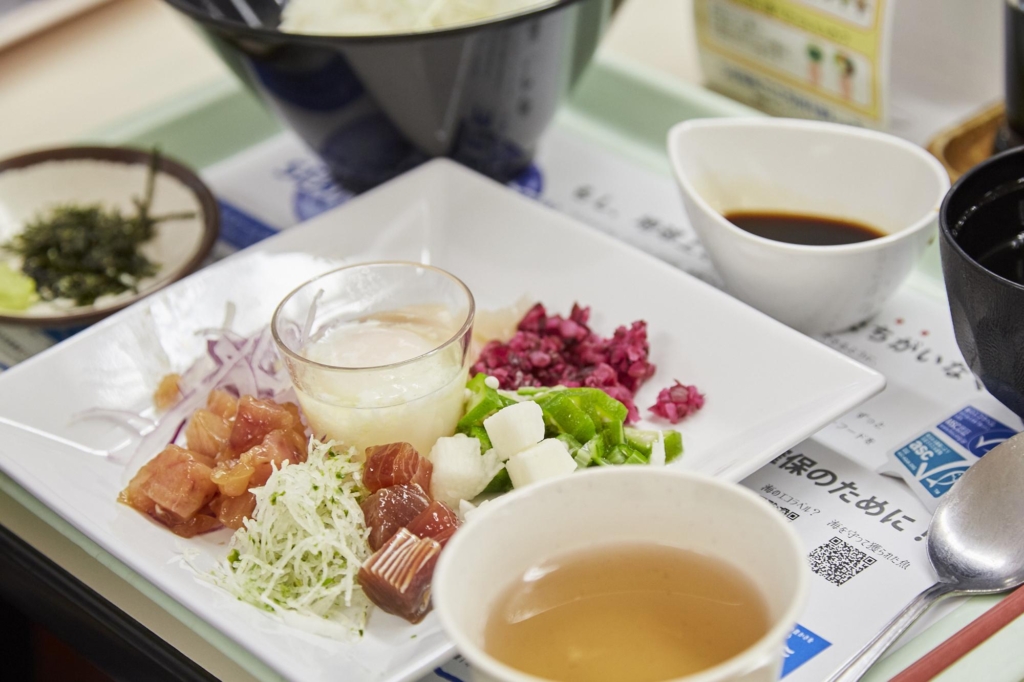
──How are the menus and the seafood used decided by each company?
About menus, we leave the discretion of the food service companies. As I heard, what they usually do is to shortlist seasonal fish species and search for certified ingredients that they can procure. Many of these species are different from the ones typically used at our employee cafeterias, so it must not be easy at all.
There are other types of sustainable seafood certification besides MSC/ASC certification, but we have chosen MSC/ASC certification as they are the only schemes for sustainability that have been officially recognized by WWF. We believe that introducing MSC/ASC-certified ingredients at our employee cafeterias is just the beginning. Our goal is to have our employees learn more about the critical situation of our fishery resources and the role of sustainable seafood, and eventually to transform their consumption behavior. Thus, we have paid special attention to providing information and making the logos stand out in order to raise awareness of MSC/ASC certification and encourage the purchase of certified products outside of working hours on a regular basis as well.
──How did Panasonic come to the decision to offer sustainable seafood at its employee cafeterias?
Panasonic has been engaged in corporate citizenship activities aimed at protecting the richness of our oceans for the last 20 years. We started off with environmental education and gradually expanded to activities of marine conservation. Since 2014, we have been supporting an oyster farm in Tokura, Minami-sanriku, to help it recover from the damage caused by the Great East Japan Earthquake.
That farmer eventually became the first holder in Japan that obtain ASC certification in March 2016. This event brought us directly to the conception of this project because it made us believe that we have the potential to support the production process. We thought that the project’s sustainability factor might be further enhanced if we could also support them in the consumption process by bringing these ingredients to consumers.
By providing such support, we also learned more about the critical situation of our fishery resources, the role of sustainable seafood as a means to address this situation, as well as the growing public awareness towards sustainable seafood initiatives around the world. One major factor that motivated us was the relative lack of such initiatives and their low public awareness in Japan.
When we first started reviewing the possibility of our project, we found out that around 10% of the wild-caught fish around the world was MSC-certified. We also found that 67% of the general public in Germany knew about sustainable seafood and indicated that it was a factor for them when purchasing fish.
Since then, the percentage of MSC-certified wild-caught fish around the world has risen to over 15%, with Japan being the only country left behind. The fact told us that if a country that consumes as much fish as Japan will improve its situation, that contributes to the entire world.
At that time, Panasonic was considering implementing policies that encourage employees to participate in corporate citizenship activities to commemorate the company’s 100th anniversary in 2018. We believed that it would be a program that allows our employees to contribute to society in a hassle-free way by simply choosing a menu if we introduce sustainable seafood at our employee cafeterias. Another important effect was that, as a company, this initiative would enable us to play a role in achieving the SDGs Goal 14 “Life below Water”.
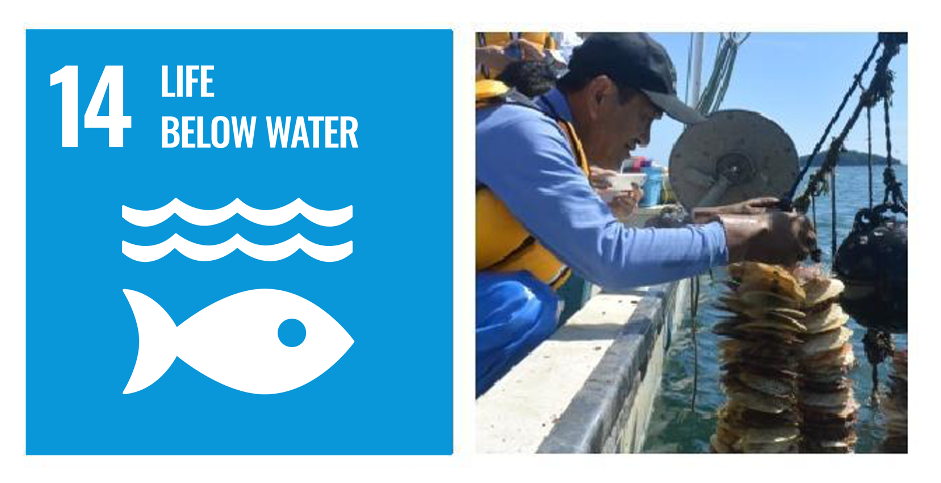
────How did Panasonic arrive at the idea of serving sustainable seafood at its employee cafeterias as a means of solving ocean issues?
We’ve been asked to provide financial support to help raise public awareness of sustainable seafood, but corporate donations tend to be unstable and dependent on our business performance, so we thought we needed a system that would allow us to continue beyond just donations.
One of the reasons for the low popularity of sustainable seafood is the fact that it is not widely recognized by the general public. If a restaurant chain were to introduce sustainable seafood to their menu and run commercials, it might become popular overnight. Yet, the demand for menus that feature the use of sustainable seafood remains low, and the costs associated with certification will inevitably lead to higher expenditures. We believed that it would be a challenge to promote sustainable seafood on a commercial basis because it would not take off unless consumers first understand the social value of sustainable seafood and have an image of it being delicious.
On the other hand, we thought that the company cafeteria would be an effective place to “communicate”. In the case of the company cafeteria, employees can listen to the information straightforwardly provided by the company.
We believed that our employee cafeterias would be perfect for communicating the critical situation of our fishery resources, the importance of adopting sustainable seafood in response to this situation, and the fact that purchasing products with the MSC/ASC certification mark will have a positive impact on society.
Moreover, there was a sense that this initiative could grow into a larger movement that is not limited to our company, but which spreads to other industries. Many large corporations have their employee cafeterias, and if we could get other companies on board, this could become a new form of corporate citizenship where companies work together to tackle major social issues.
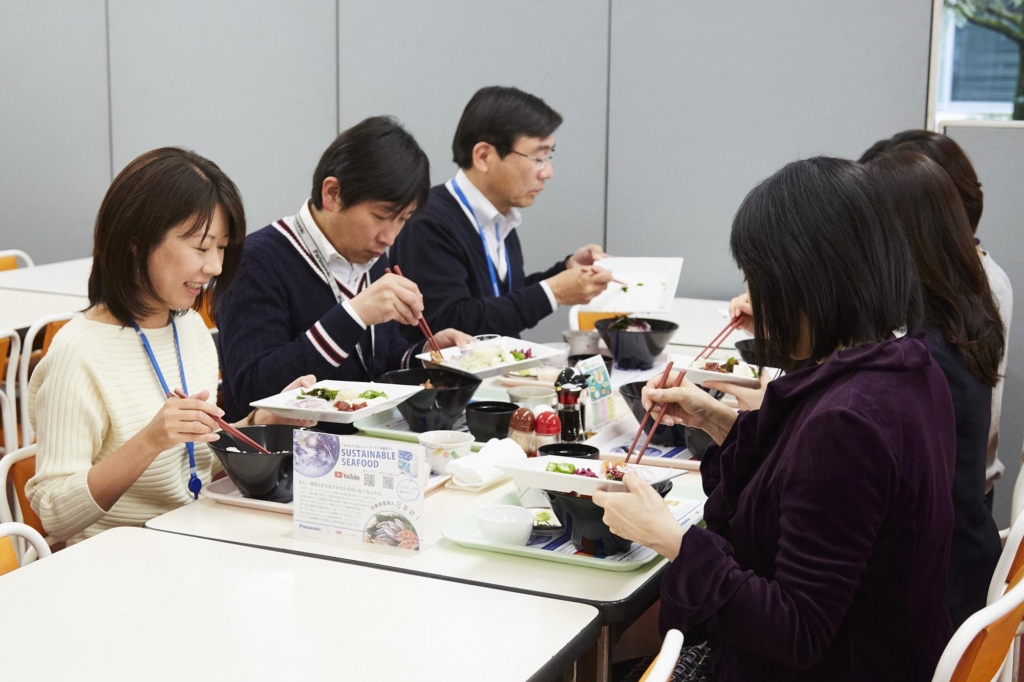
Personally, I thought it was also important for the general public to be able to get involved. In the past, individuals could be part of environmental efforts by, for instance, changing their home appliances to eco-friendly ones to reduce their power consumption. However, most home appliances in use today are already eco-friendly, and it feels like there are now fewer things that individuals could do to contribute to society. Although companies are getting more involved in corporate citizenship activities in the context of CSR and ESG investment, I believed that there was a need for more initiatives that individuals could be part of.
The timing coincided with several things: I learned about the critical situation of fishery resources, companies are now required to achieve SDGs, I was thinking about initiatives that go beyond the boundaries of companies, and I was wondering if there were any activities that individuals could do.
As a result, we decided to introduce sustainable seafood menus at our employee cafeterias.
──We understand that Panasonic’s employee cafeterias are operated by foodservice companies. How did you get them to agree to participate in this initiative and build a collaborative relationship with them?
Foodservice companies that operate cafeterias are required to obtain CoC certification before they can offer MSC/ASC-certified fish. Our company has around 100 employee cafeterias that are operated by around 40 different foodservice companies of various sizes. When we first launched this project, none of these companies had obtained CoC certification.
In fact, most of them had never heard of sustainable seafood or MSC/ASC certification to begin with. Even after we explained the rationale behind the initiative, it did not resonate much with them at first as some of them had a negative attitude towards the higher costs and changes in business operations associated with this initiative.
However, one company among them that was also on the procurement committee for the Olympic Games took an interest in our initiative. Since the ingredients served at the Games had to satisfy strict sustainability requirements, this food service company felt that our initiative would give them a good opportunity to practice as they were required to adhere to the requirements of the Games either way.
At the same time, we assured the food service company that we would not leave everything to them but would take charge of explaining and promoting the program to our employees and encouraging them to select these menus. We eventually gained their understanding and support, allowing us to introduce a program like this in Japan for the very first time.
In addition, I think another key point was that we were able to share a win-win story by informing the audience that, with the growing interest in sustainability, we could also improve our image as a leading company that is working on achieving SDGs.
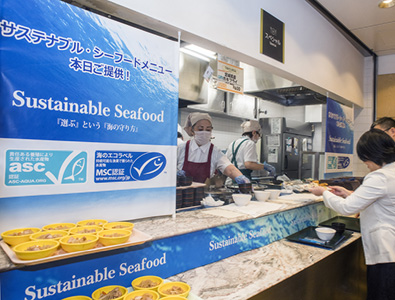
We also took the initiative in coordinating thoroughly with our company’s HR and General Affairs Department, which is in charge of our employee cafeterias. Although it is usually the departments involved in corporate citizenship and the environment like ours that are interested in introducing sustainable seafood, the HR and General Affairs Department is often the one that serves as the contact point for the foodservice companies and oversees the operation of the employee cafeterias. Under these circumstances, if the Corporate Citizenship Department or the Environment Department were to only make recommendations to the HR and General Affairs Department, the department will eventually be overwhelmed and may suspend or abandon the review at some point.
To avoid such internal problems, we first reached an agreement on the direction of the project with the general managers of the relevant departments in the company before proceeding to explain and discuss the project individually with the respective managers in charge of each location. I asked them to get in touch with me directly as the primary contact point if they had any questions or concerns. One of the reasons for the successful implementation of this initiative was the opportunity we were given to directly explain the initiative to the foodservice companies and hear them out on potential issues and concerns.
──As your company continues to make progress on the implementation of this program, how do you plan to expand it in the future?
We believe that this initiative will lead to activities that generate a greater social impact when it is introduced not only by us but also by other companies. To my knowledge, there are currently seven companies besides Panasonic that feature the use of MSC/ASC-certified fish at their employee cafeterias.
Among them, we have offered support for the introduction of MSC-certified fish at four companies: Denso Corporation, ENEOS Holdings, Mitsui Sumitomo Insurance Group, and Tamura Corporation. Denso contacted us after reading our press release and has launched the initiative at almost all of their 30 locations. There are also companies that have launched similar initiatives upon the recommendation of foodservice companies that have partnered with us.
We have also supported other companies by enlisting the help of a design company to modify the company name and other details on our sustainable seafood promotional banners and flyers so that the companies can make use of these materials when launching the initiative.
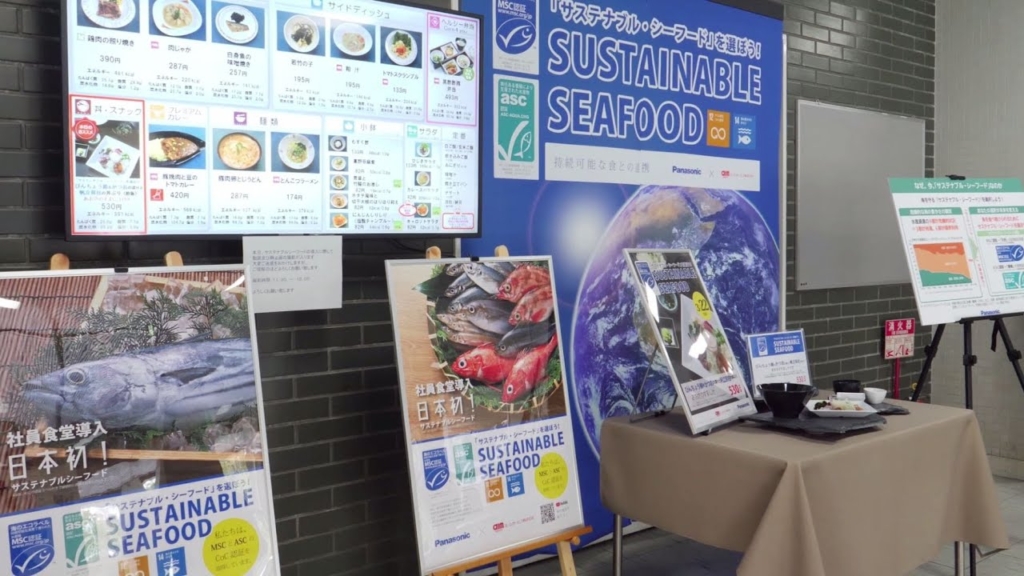
Moving forward, we are thinking of establishing a corporate network of companies that have introduced sustainable seafood at their employee cafeterias or are currently considering doing so. We plan to share our expertise on how to overcome certain challenges encountered before the launch of this initiative, how to coordinate smoothly with the relevant departments within the company, how to reduce the operational burden and costs associated with certification, and how to appeal to employees to take part in the initiative.
We believe that collaborating with food manufacturers and food distribution companies is essential for creating a significant social impact. Currently, companies such as Aeon handle a large volume of sustainable seafood for commercial use, the market for wholesale sustainable seafood, such as for employee cafeterias, is still very small. This means that ingredients that satisfy the specifications for the latter purposes are highly limited, which places a burden on foodservice companies.
For instance, the products are packaged individually, and it takes a lot of time and effort to open each package one by one. We are thinking of establishing a network that facilitates the bulk distribution of ingredients, which may make it possible for standards to be developed for the internal use of these products.
At the same time, we believe that establishing a corporate network will also give rise to new opportunities for services such as those that support the acquisition of CoC certification at more affordable costs and those that support distribution for smaller foodservice companies, which may find it a challenge to secure ingredients.
In this regard, I think the activities that Panasonic is engaged in are quite different from those of other companies that are tackling the massive issues surrounding our oceans. We do not compete with other companies or industries that are involved in seafood, but we can serve as an effective partner of every company.
Having said that, there are still many things that we can do and must do. We can definitely play a role in raising public awareness of sustainable seafood in Japan if we push on with this initiative. There are still things that our company can do beyond the scope of our core business to address major social issues. That is the source of our motivation that has been driving us on this front.




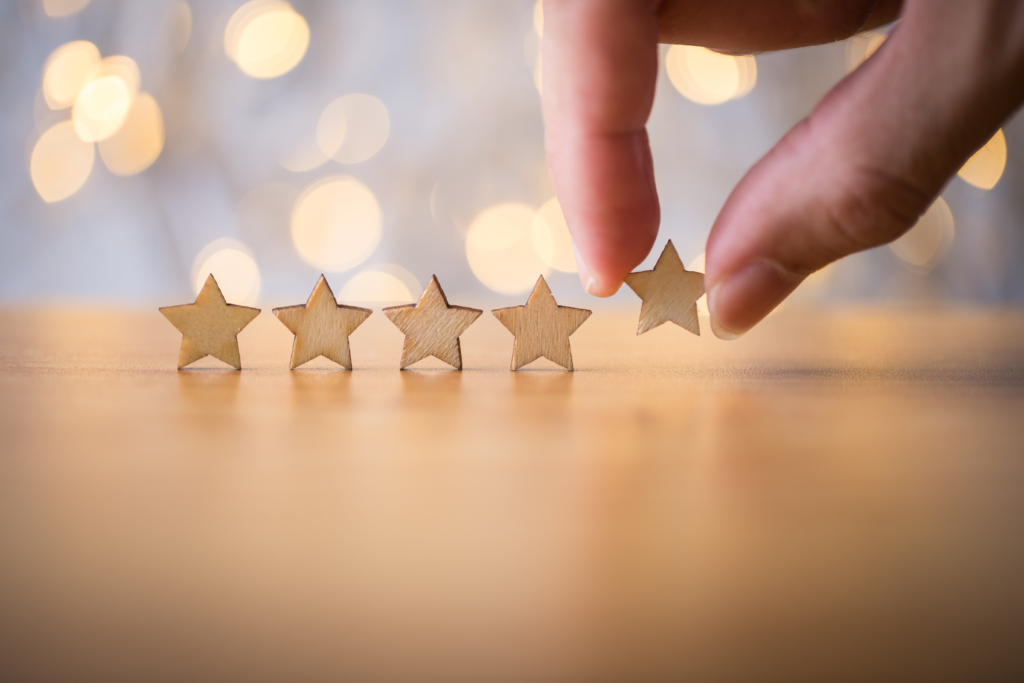




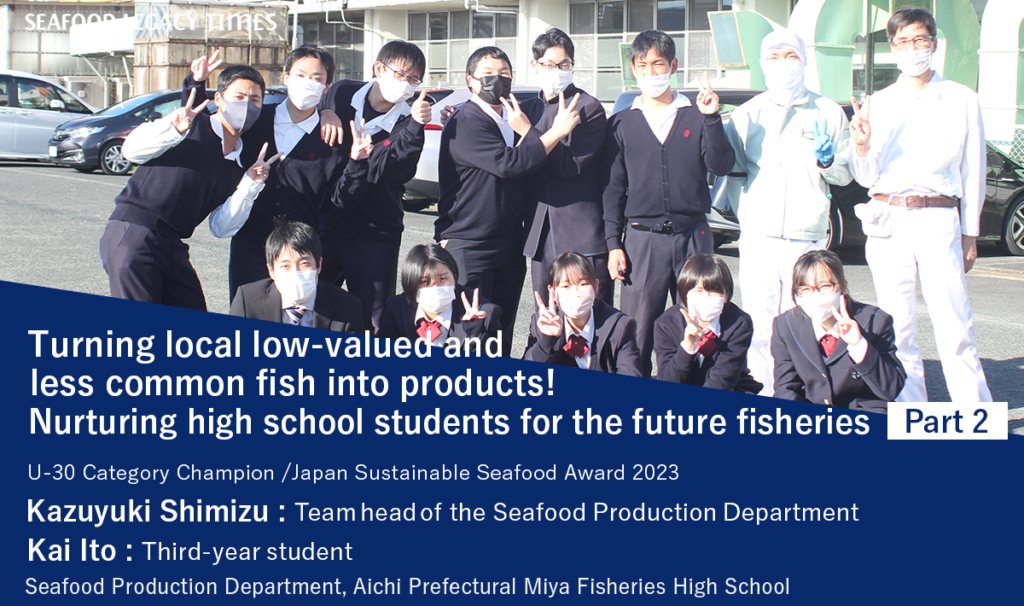
-1024x606.png)


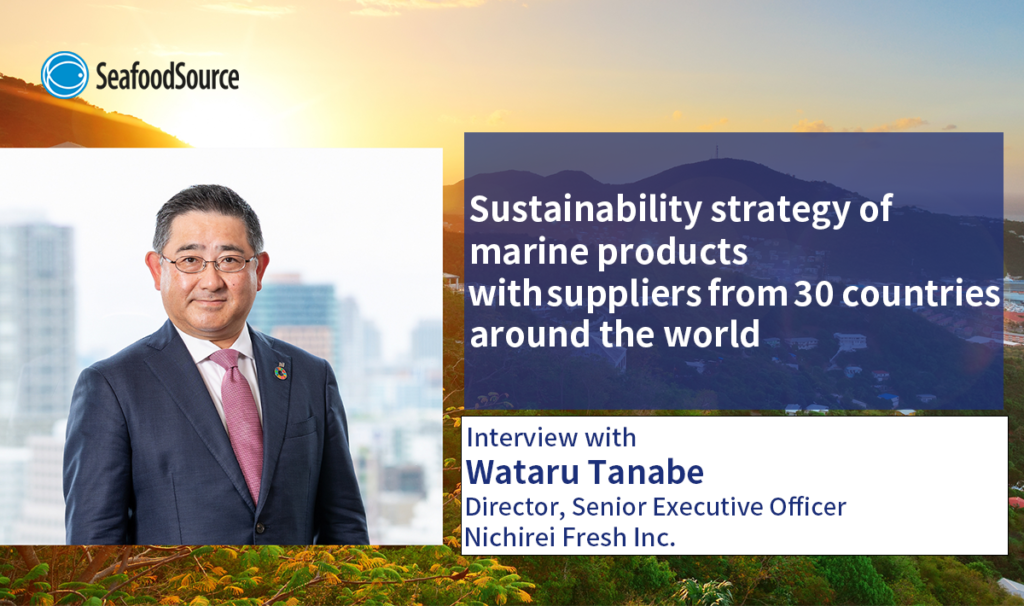
_-1024x606.png)

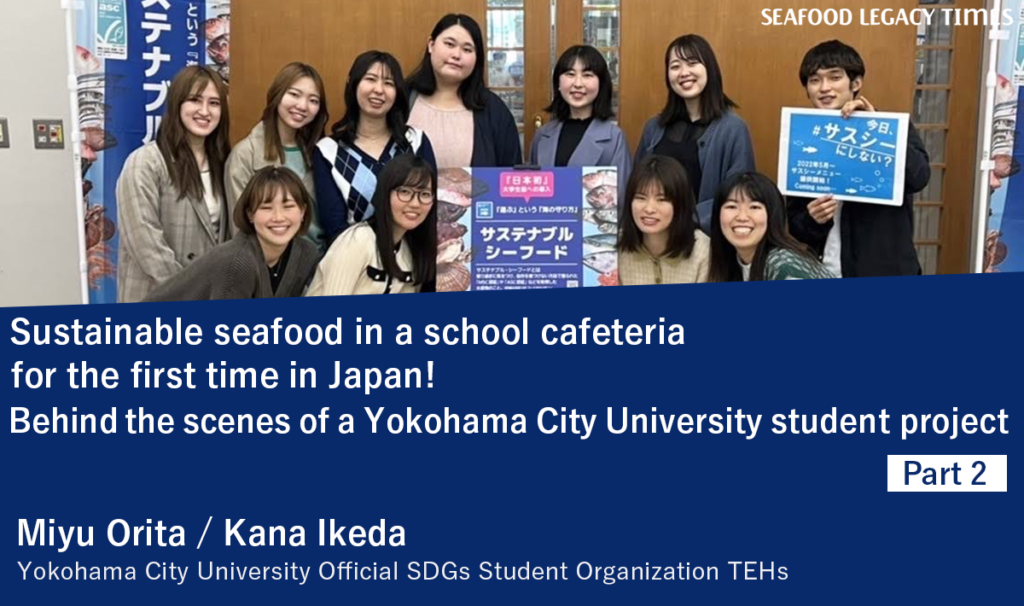
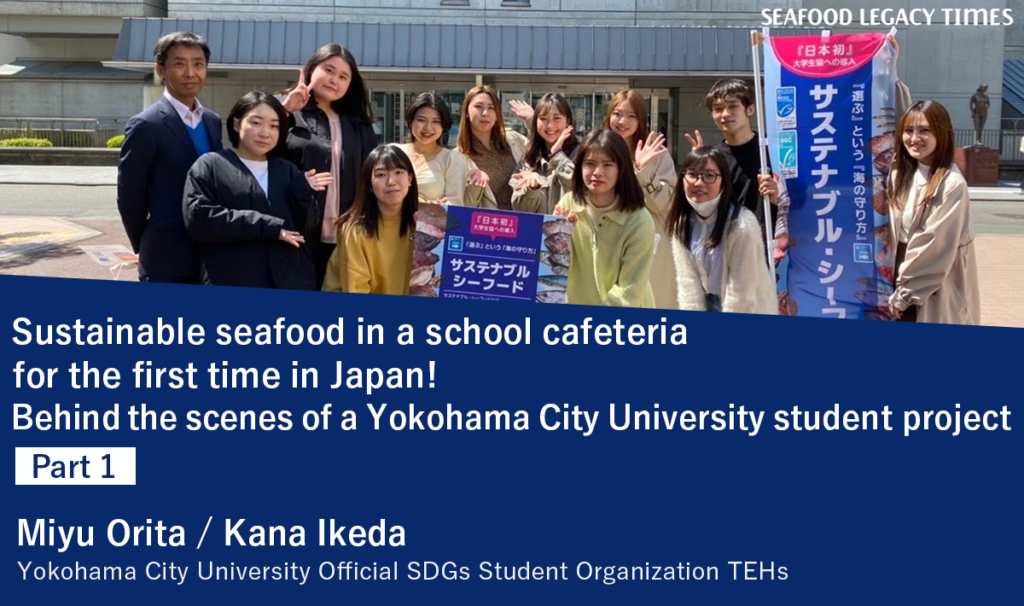
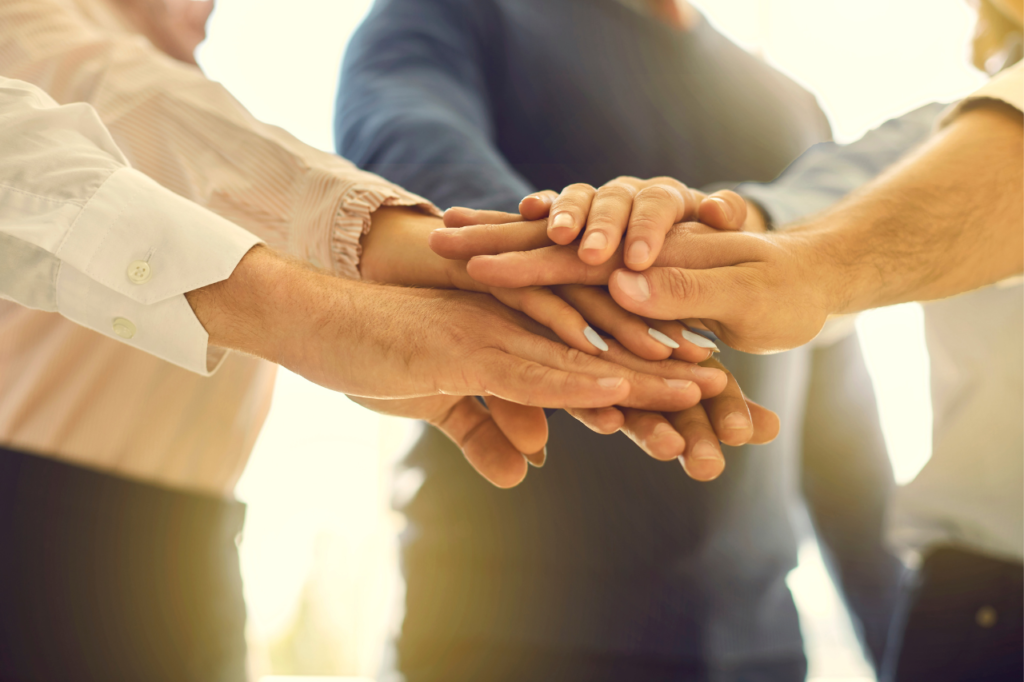


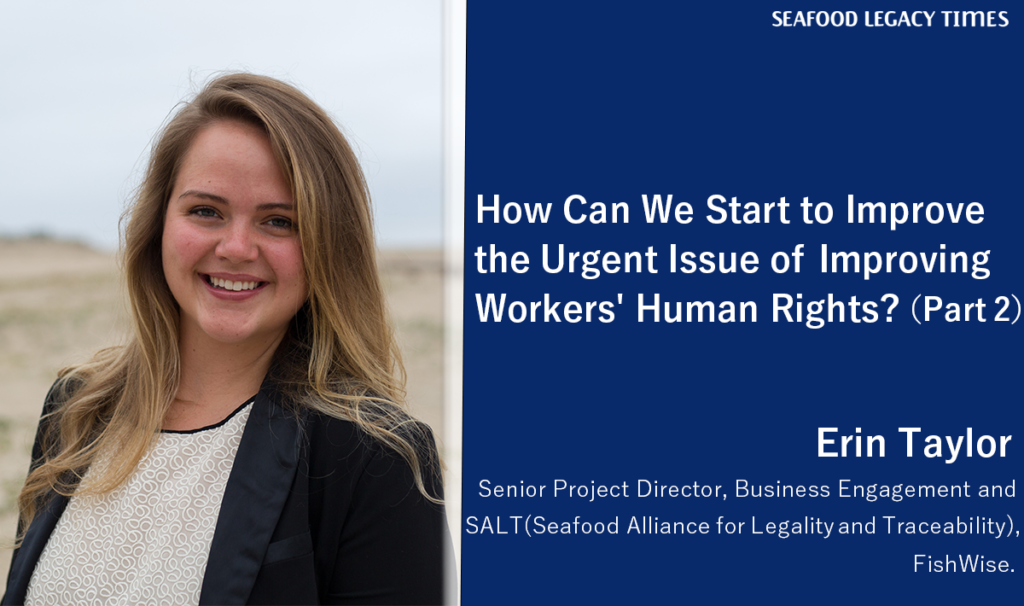
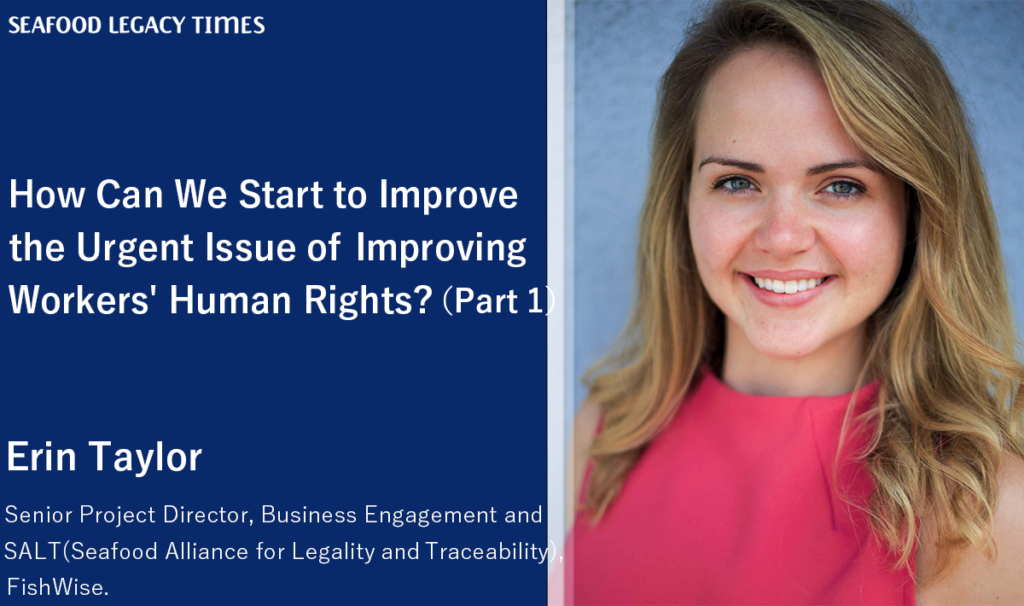
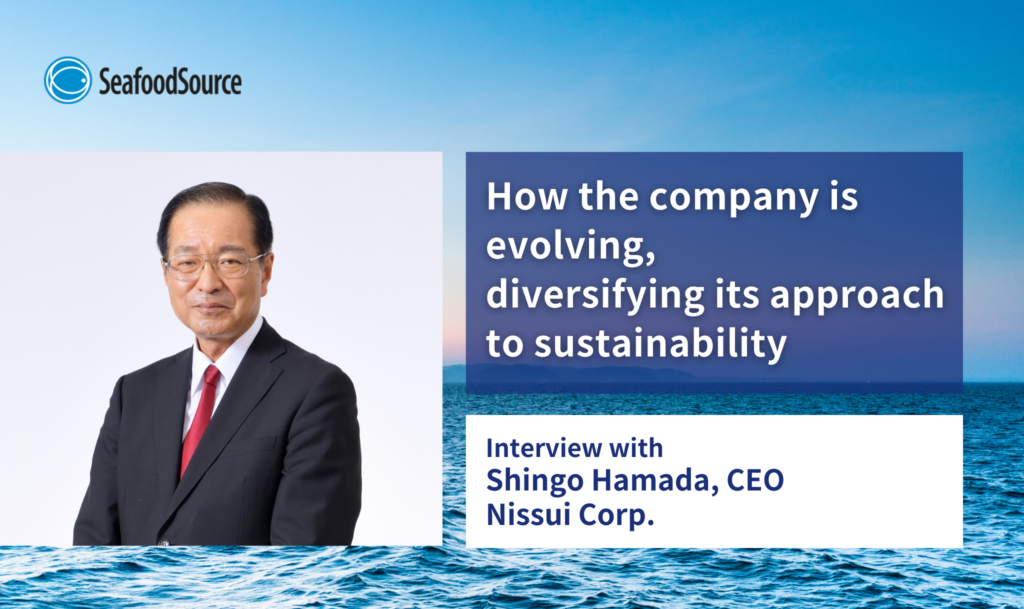




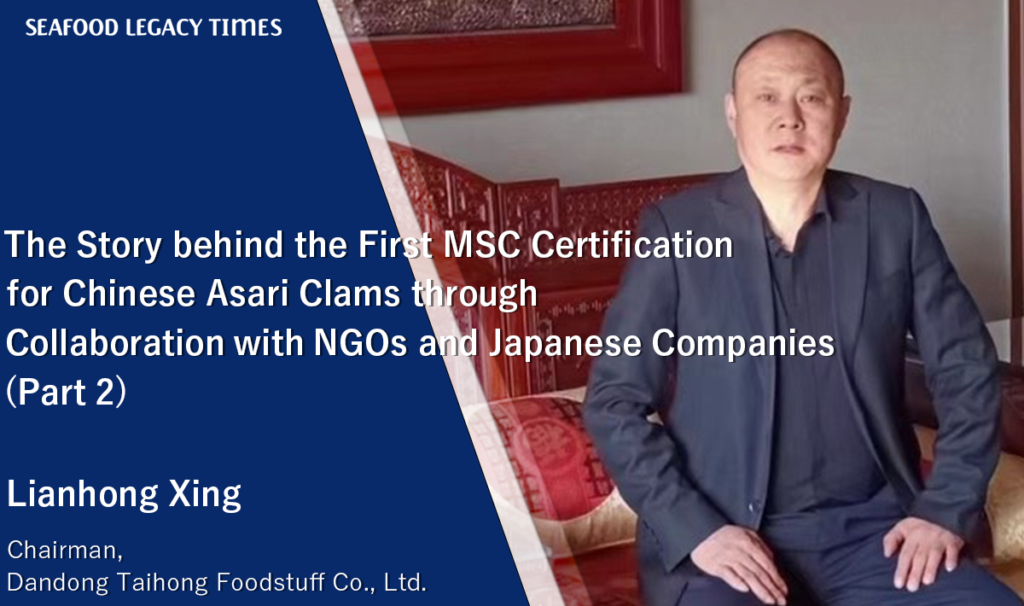
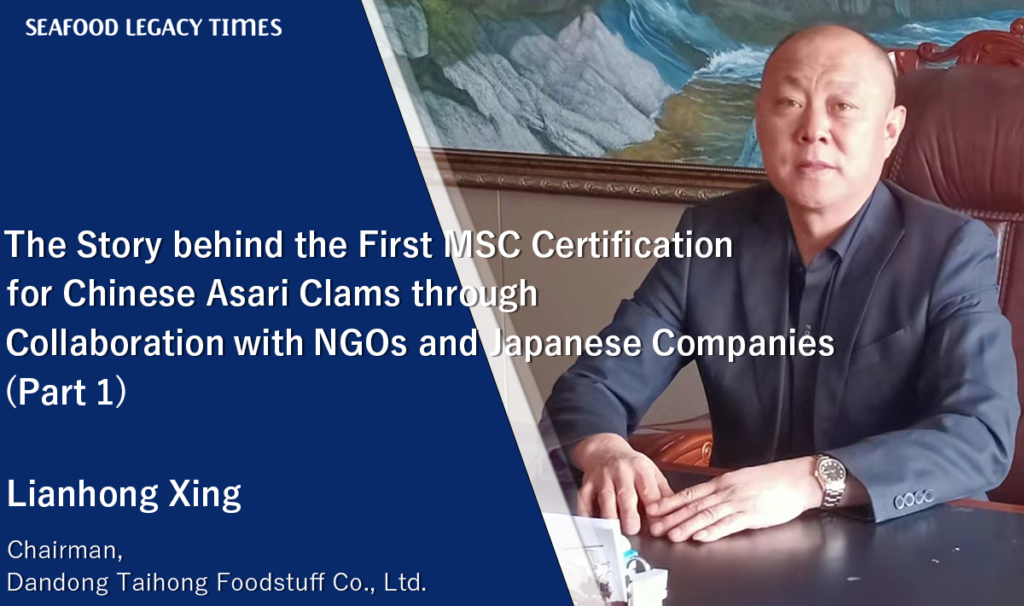

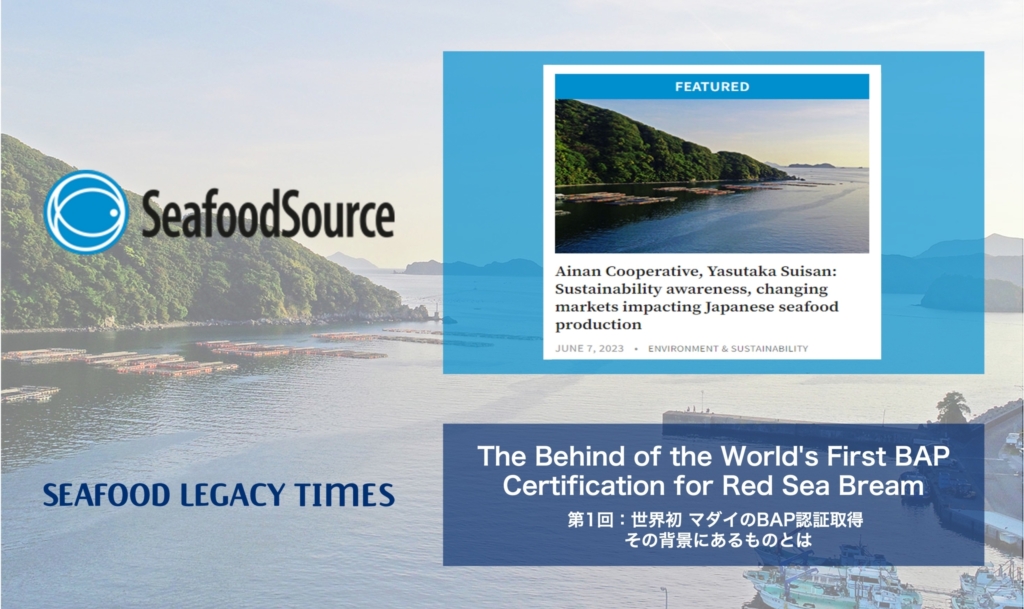

1_修正524-1024x606.png)


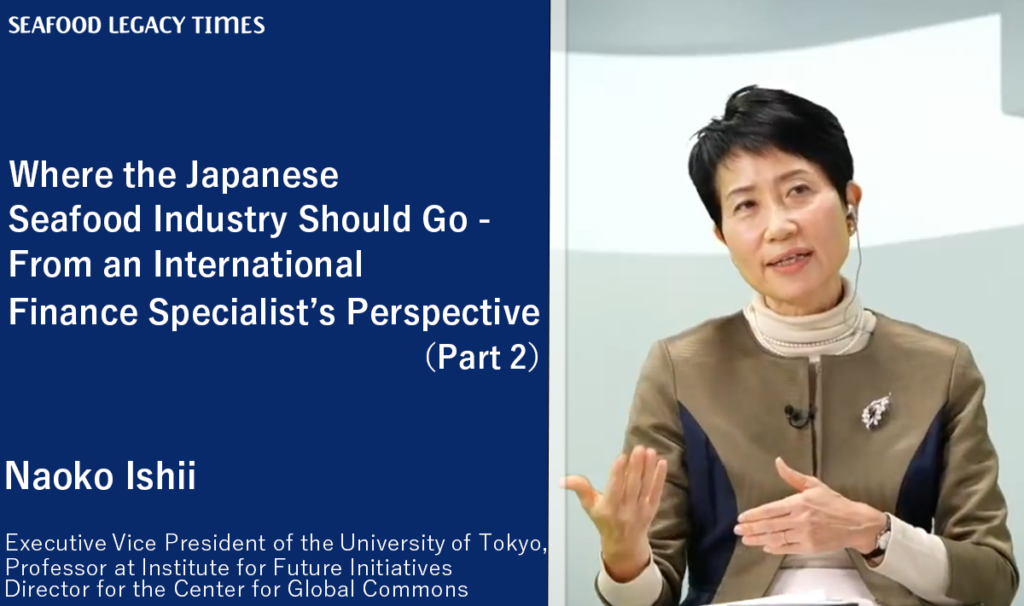







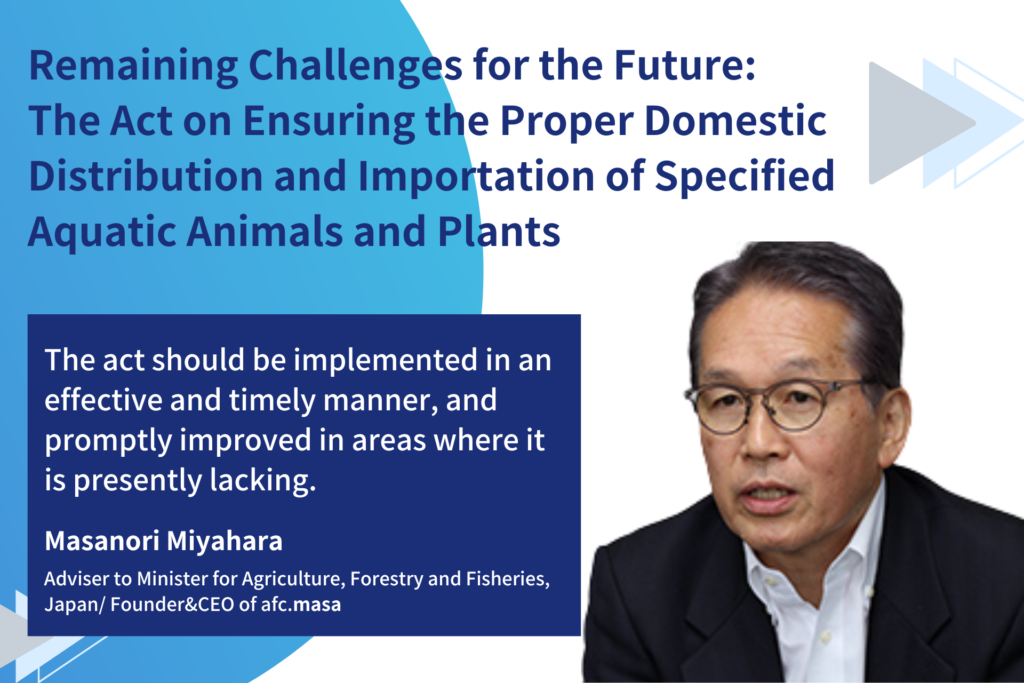
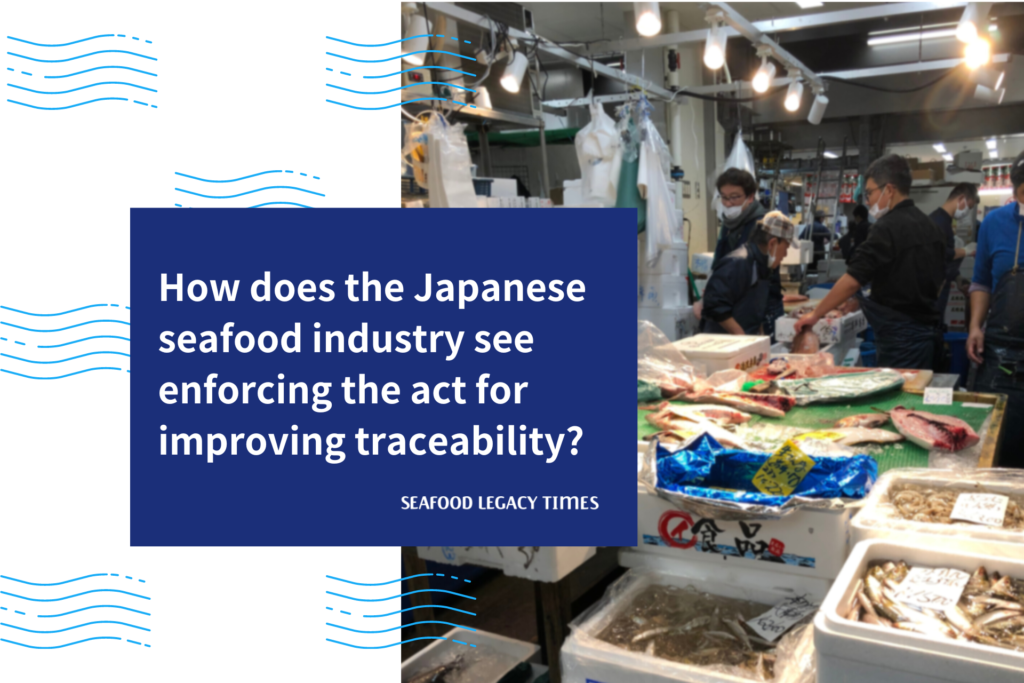



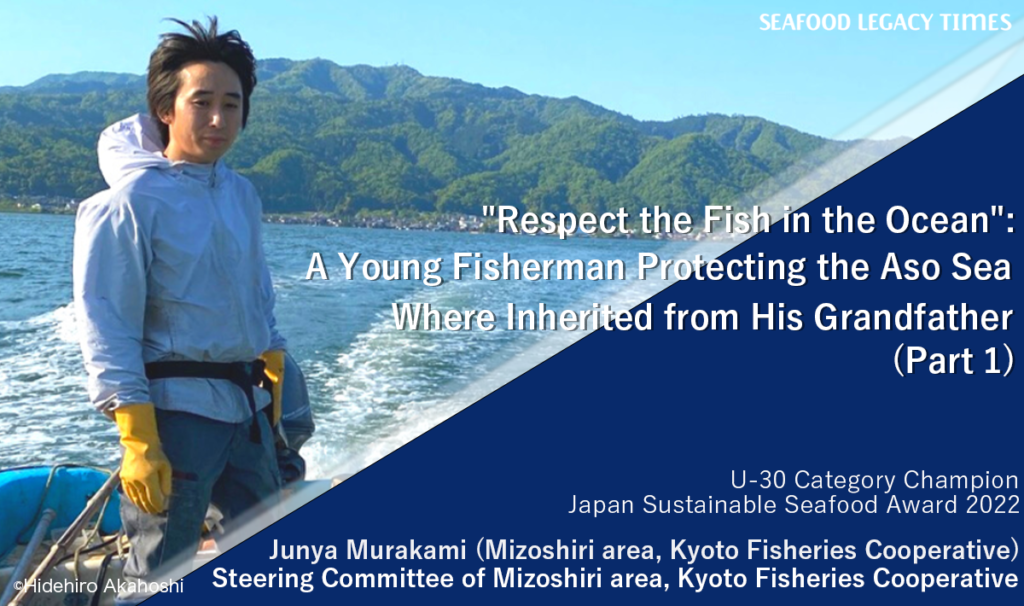
.2-1024x606.png)
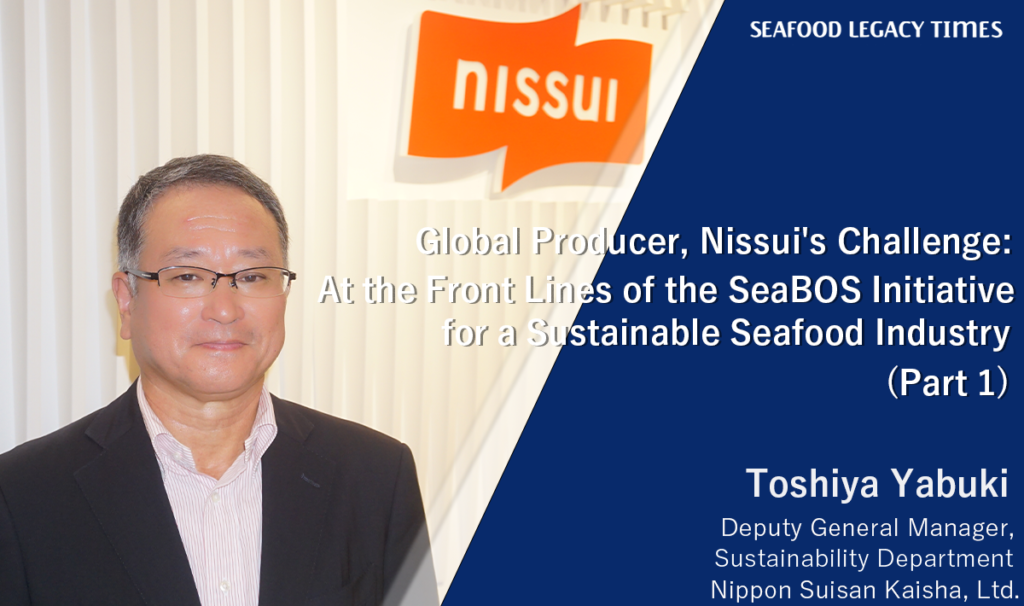
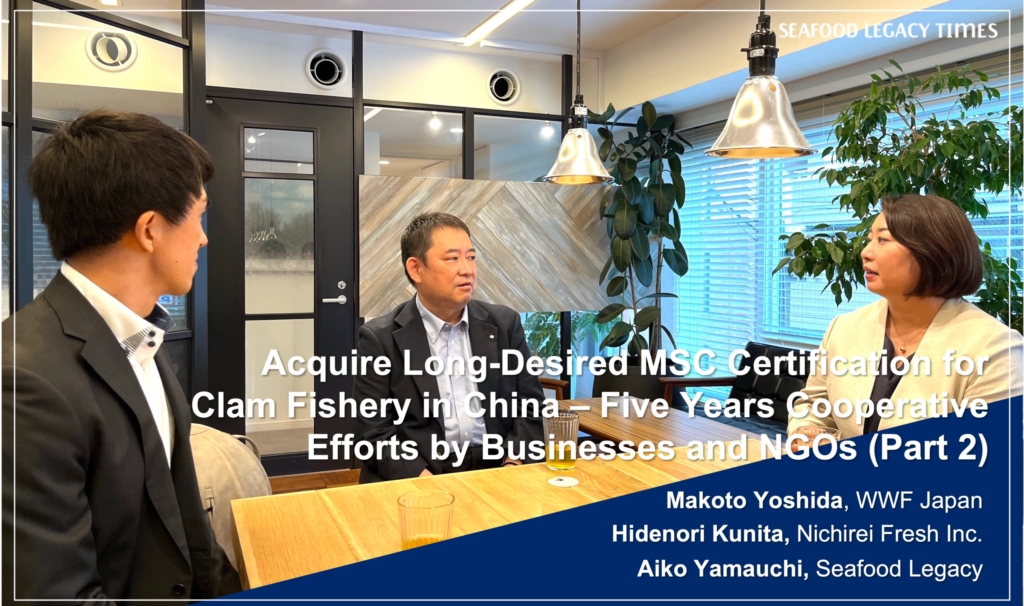
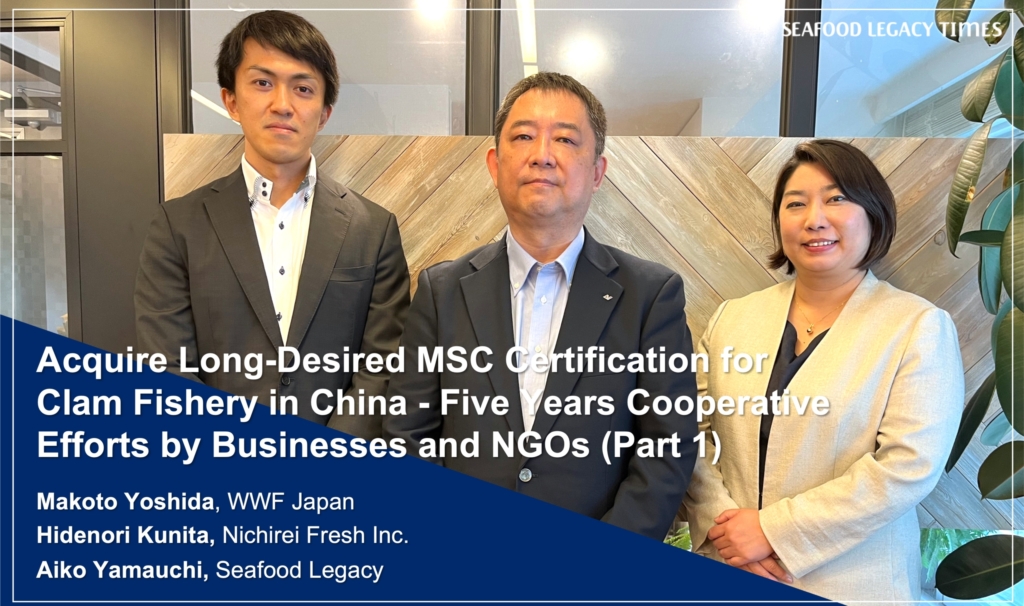






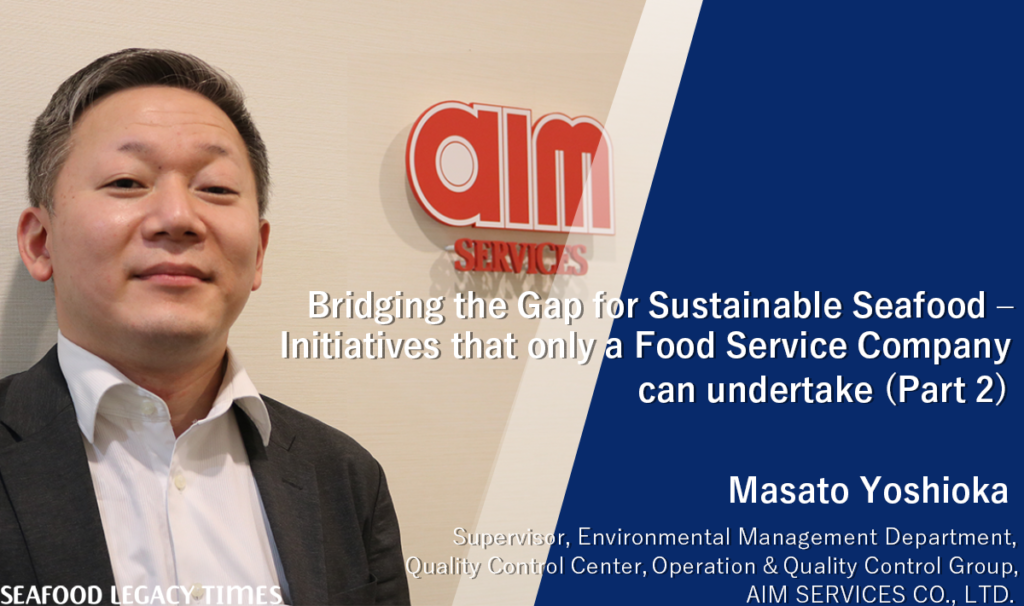
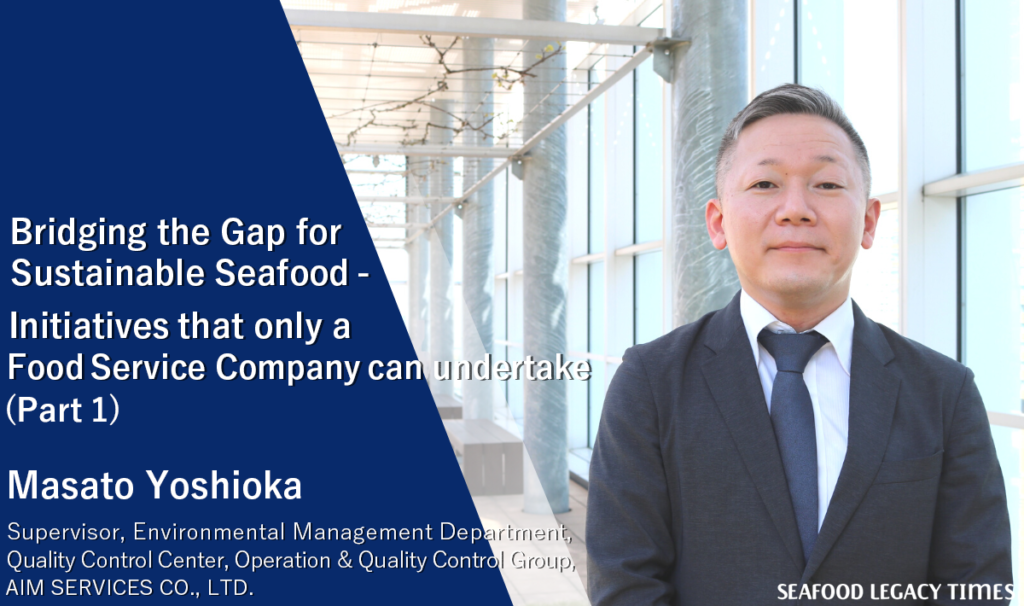
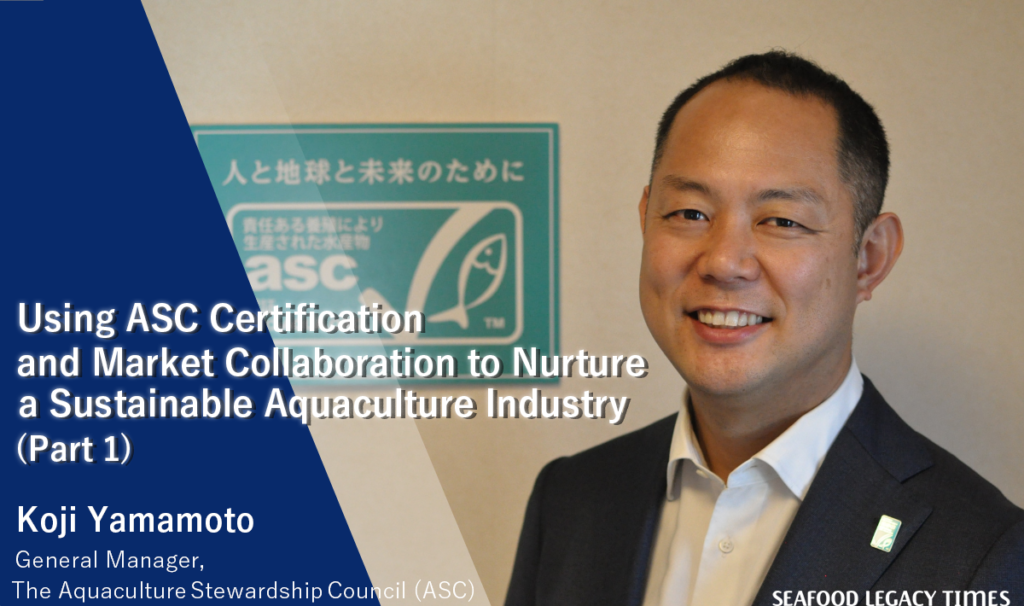
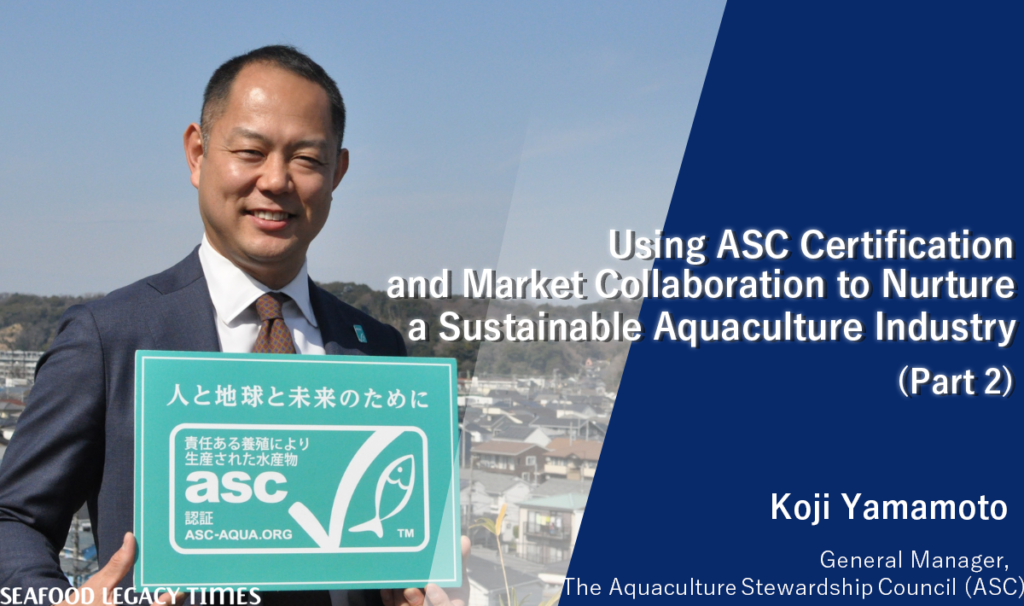
2-1024x606.png)
-1-1024x606.png)
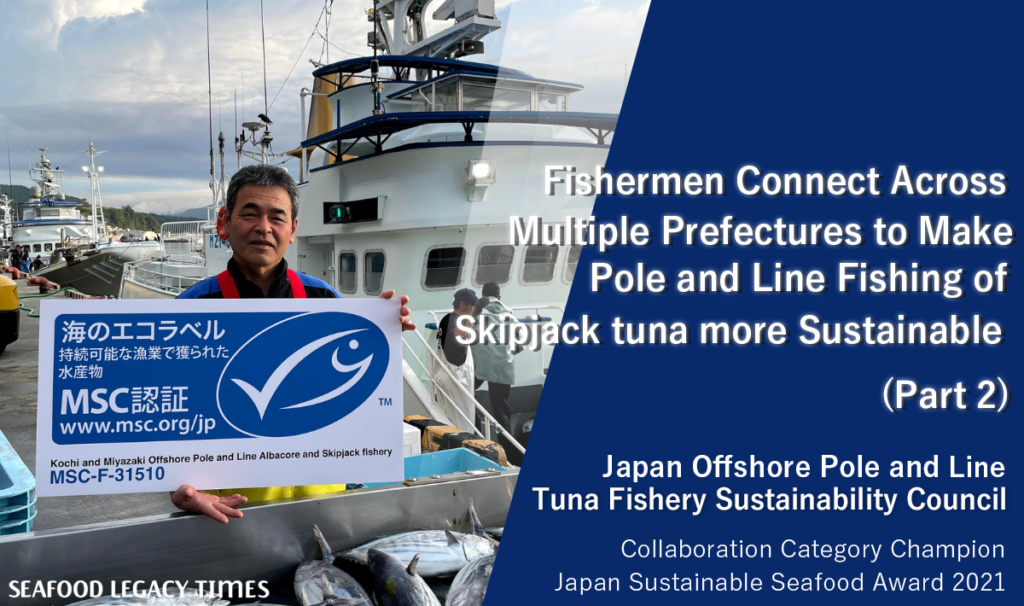
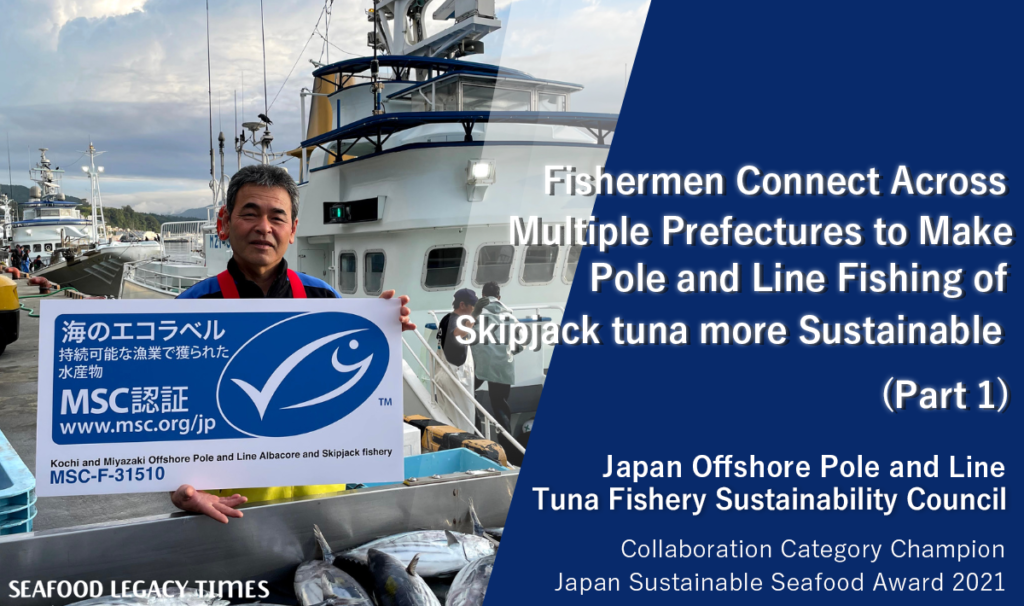
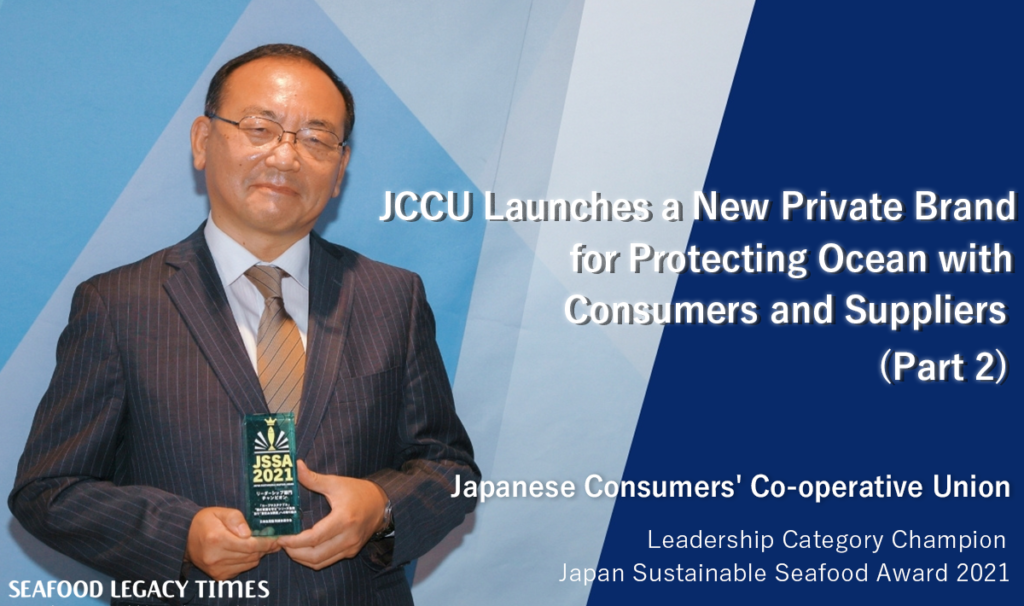
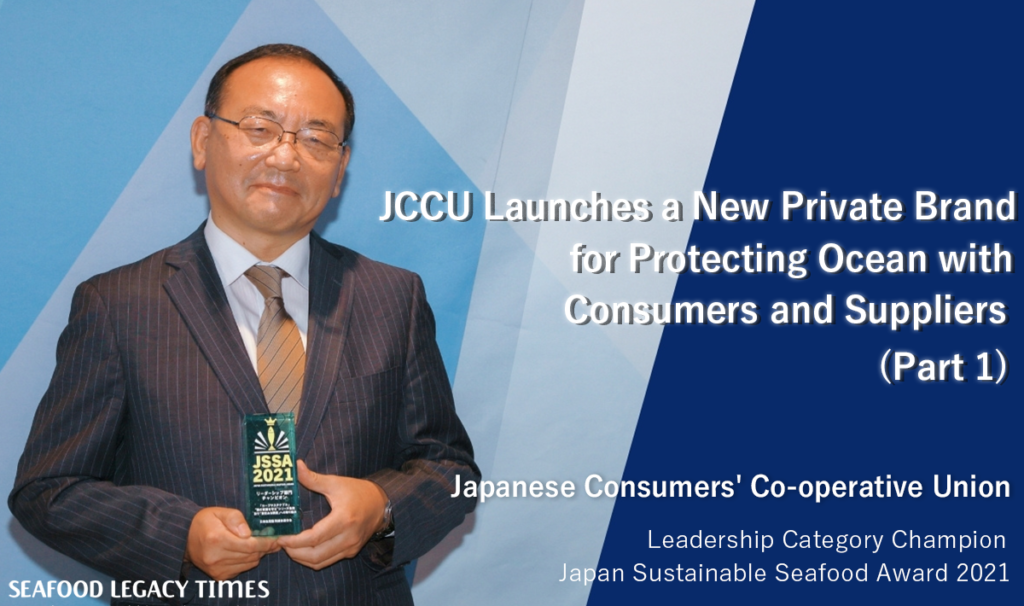
Part2-1024x606.png)
Part1-1024x606.png)
